|
These storybook buttons feature a character "Mr. Rook." The design was a based on a story, "The Ballad of Mr. Rook," written by George Wyndham, chief secretary of Ireland, & illustrated by his wife Madeline, to entertain their ill son. The story was published in 1901 in verse form, about a company of rooks (birds smaller than crows) who gather in Clouds, Mr Wyndham's family neighborhood. There the birds find a safe place to nest & a kind lady to feed them. The bird with the umbrella is based on an illustration from the story, because even delicate Victorian birds need not get wet. 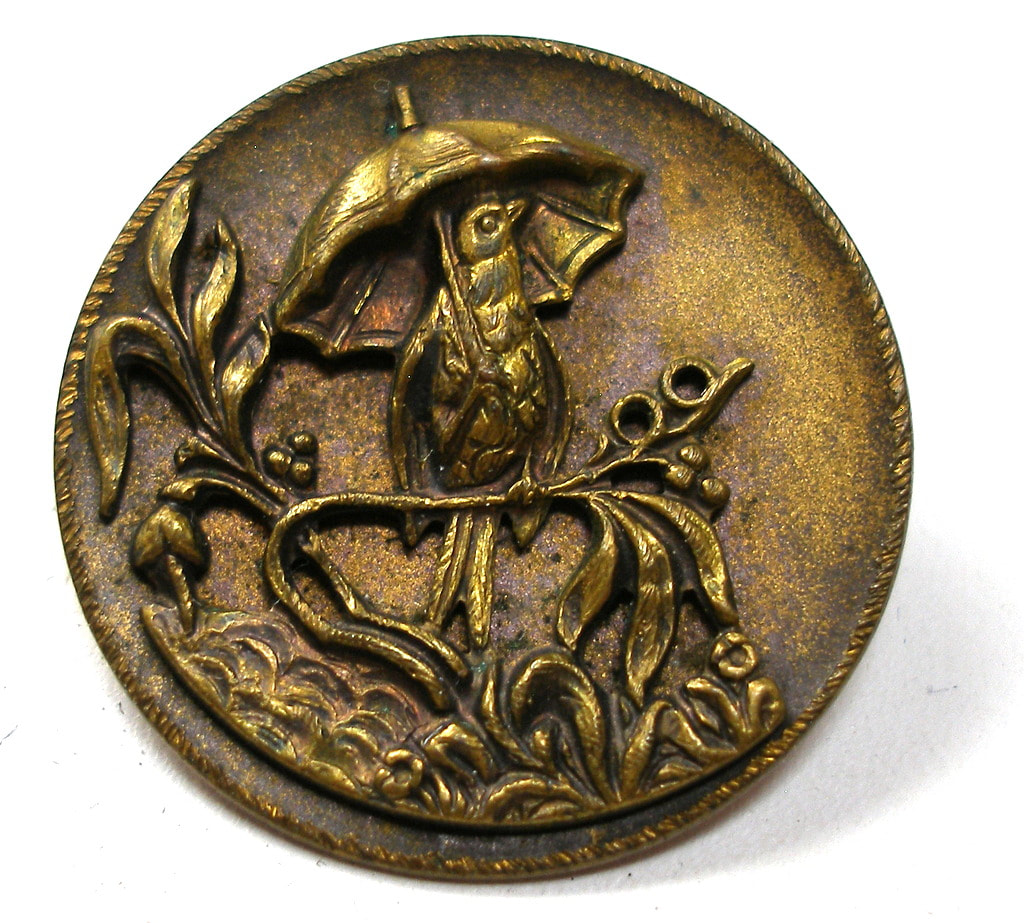 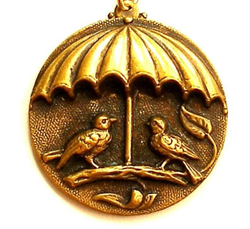 Perhaps it was the influence of heraldry images on livery in the UK. Or it may have been the Arthurian revival in fiction & non-fiction stories of the 19th century that made armor & weaponry a popular subject for Victorian buttons. The last button above depicts Jean La Hache, aka Jeanne Hachette, a French heroine who helped to defend the town of Beauvais in 1472. She took an ax to an invading soldier who had scaled the city walls & was joined in battle by other women to defend their town. In this scene she is poised to attack one man while another falls to his death. The city celebrates with a holiday in her honor every June.
Whether you call him Neptune or Poseidon, this god of the sea was a favorite mythological design on Victorian buttons. He is always pictured with his trident, & sometimes on a shell or with seahorses. Here are a few of his many incarnations.
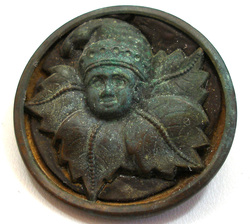 Many serious button collectors are against cleaning antique buttons. However, since I am not a collector but a user of antique buttons, I prefer to clean them & bring these miniature pieces of art back to their former glory & beauty. I once believed that cleaning a button would devalue it. Now I'd rather uncover the mysteries under 100 years of rust, grime & verdigris. One of the first buttons I cleaned revealed a hidden strip of copper that was etched with a Greek key design. Just as we feel renewed after a good cleansing shower, so to are these buttons brought back to life. Dignity & Impudence, inspired by the popular 1839 painting by Sir Edwin Henry Landseer. http://www.tate.org.uk/art/artworks/landseer-dignity-and-impudence-n00604 Mans best friend immortalized in button form. Includes a couple of sporting buttons & various breeds.
|
Archives
July 2024
Categories
All
|
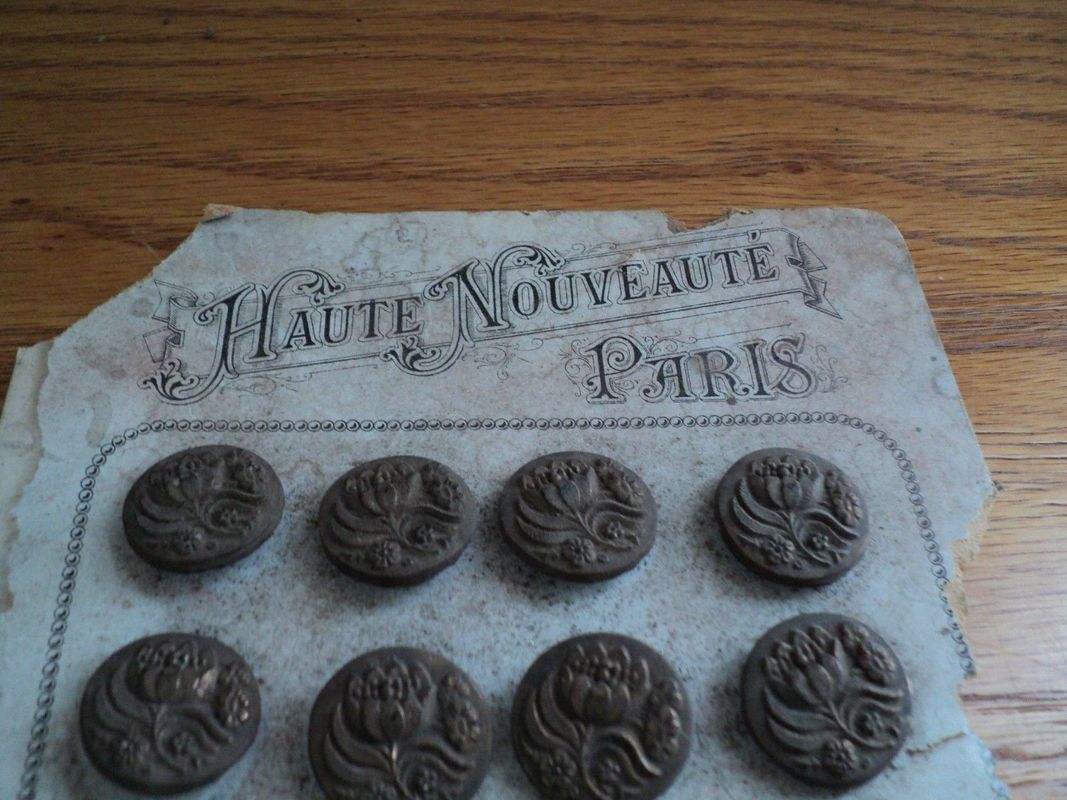
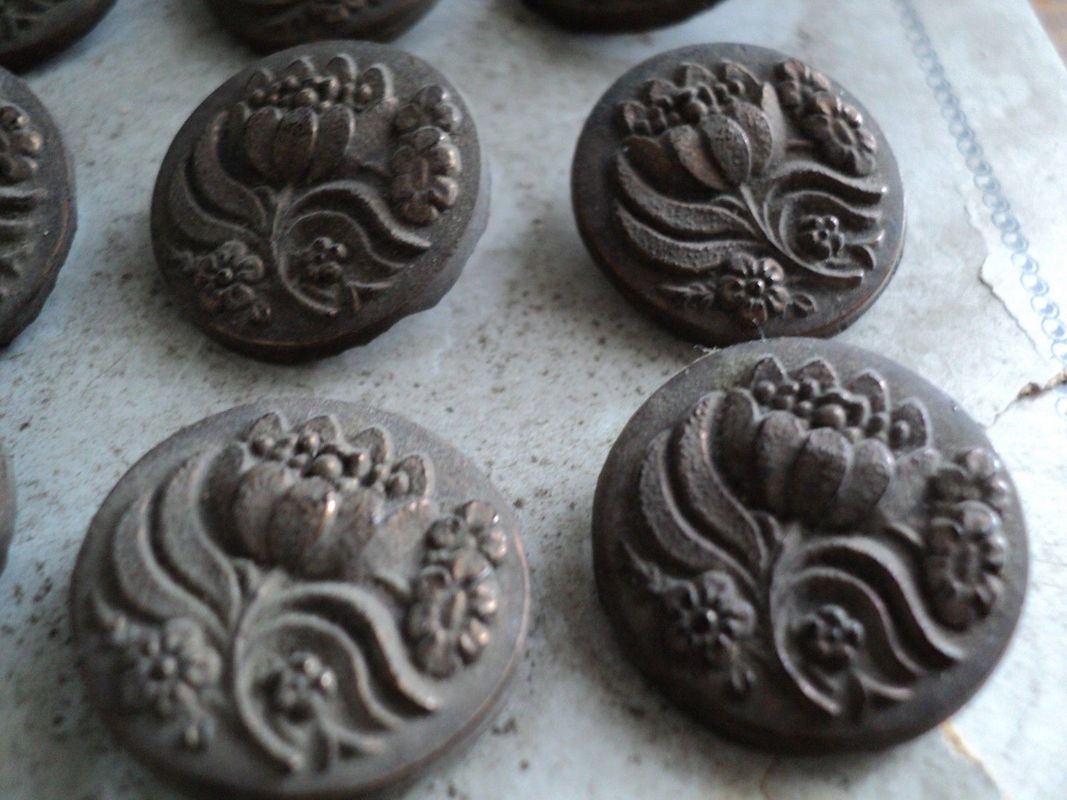
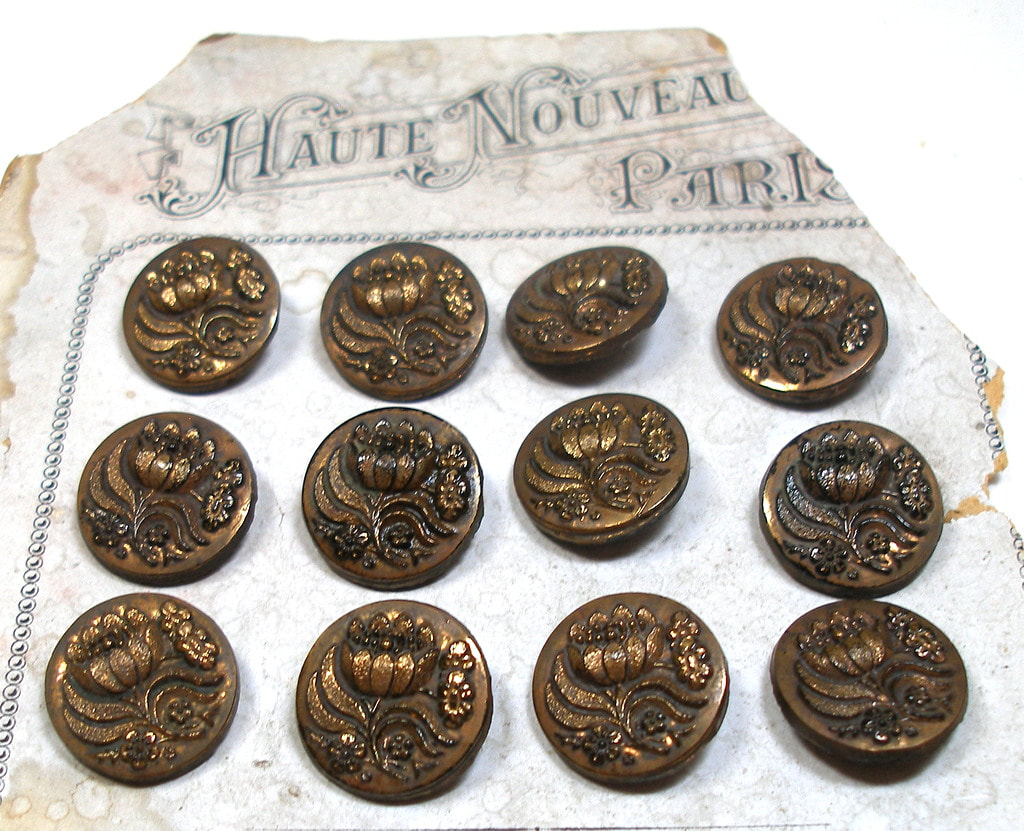
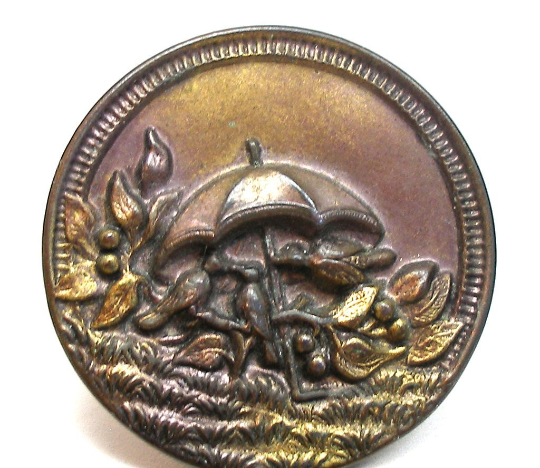
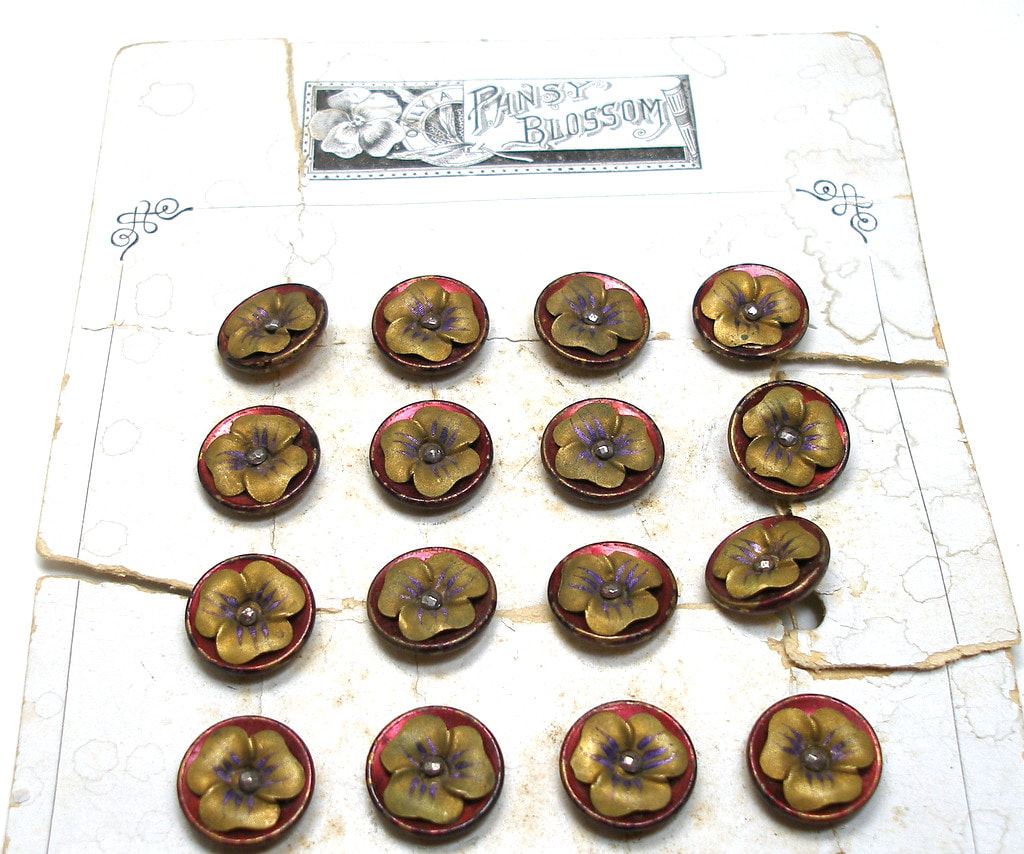
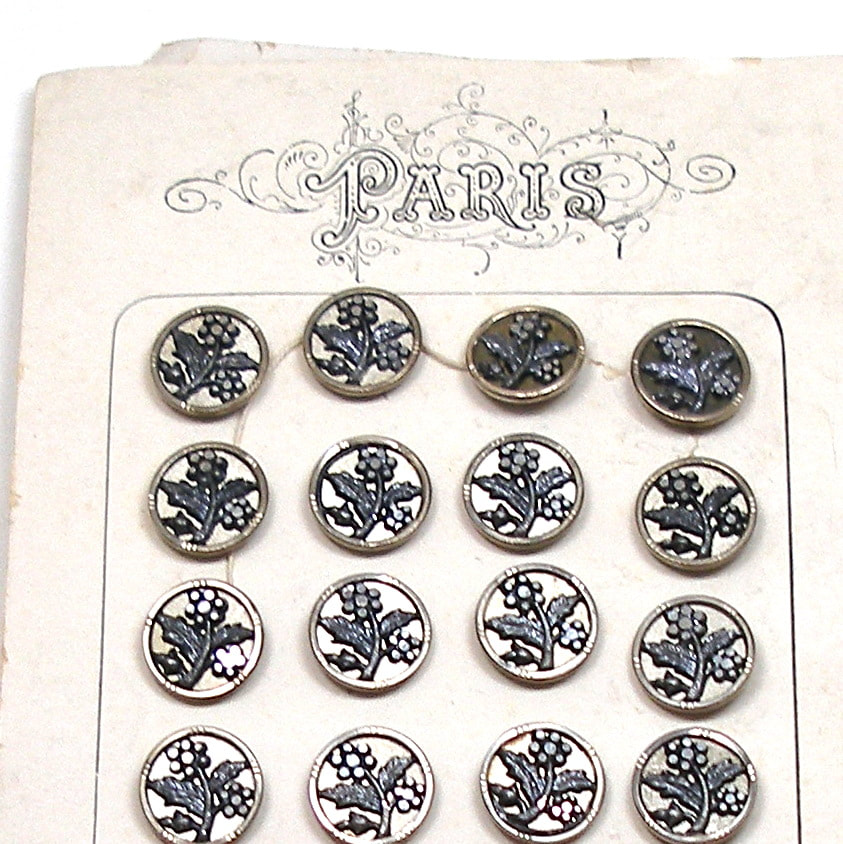
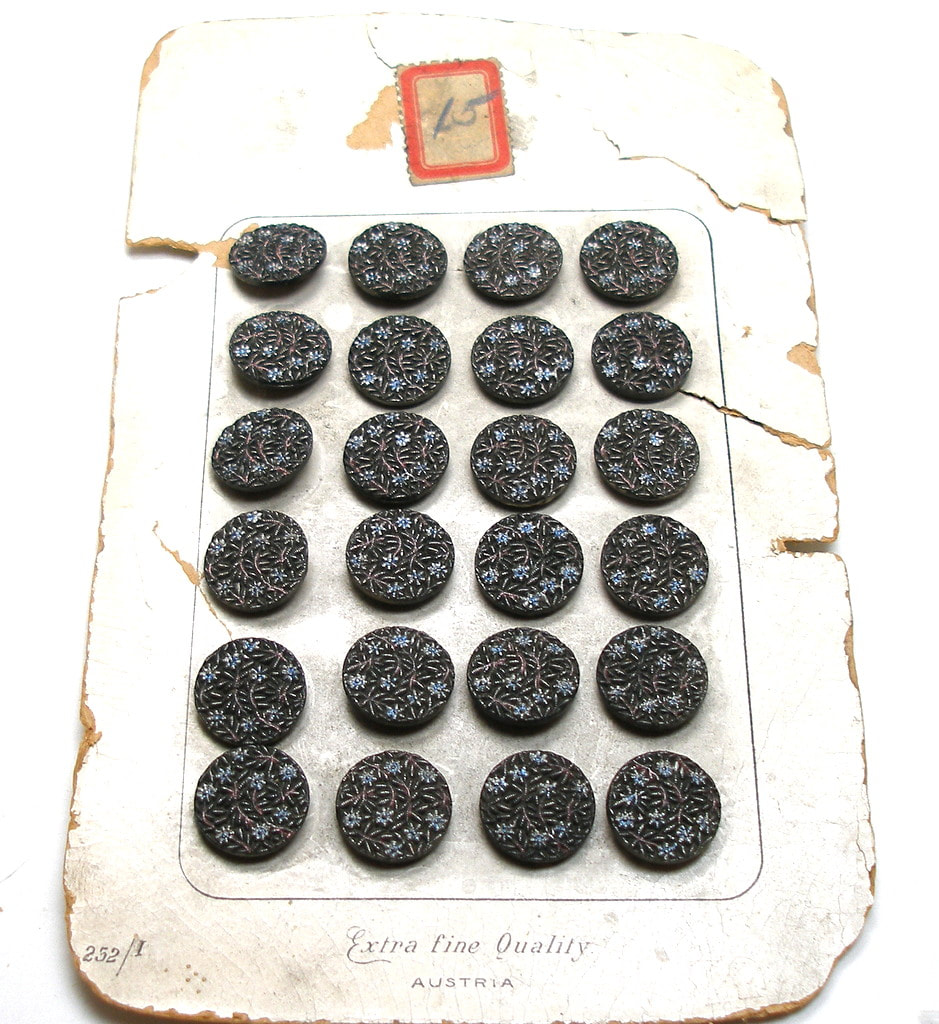

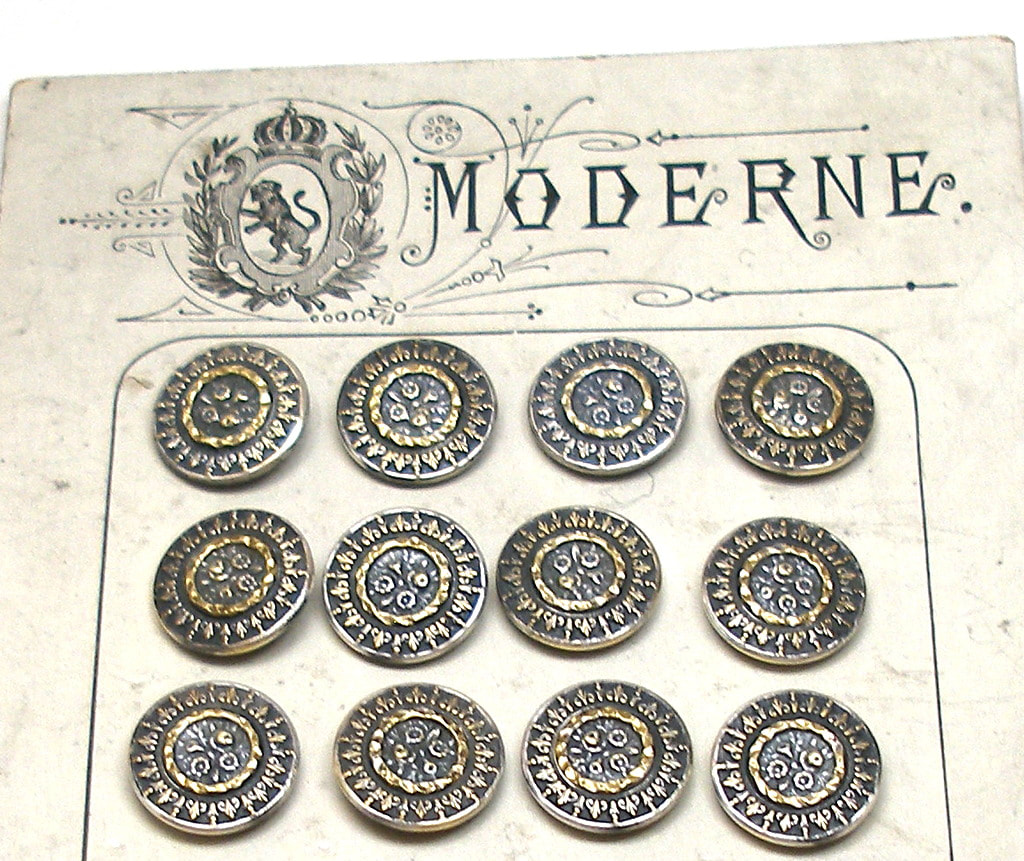
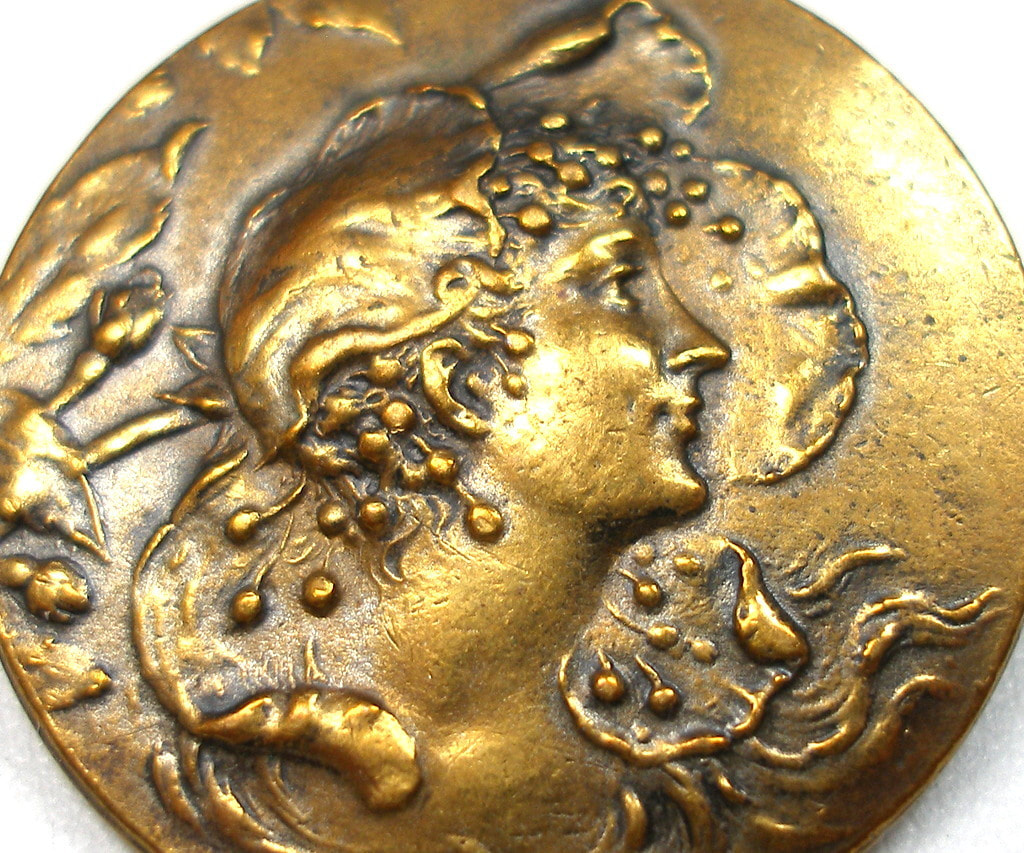
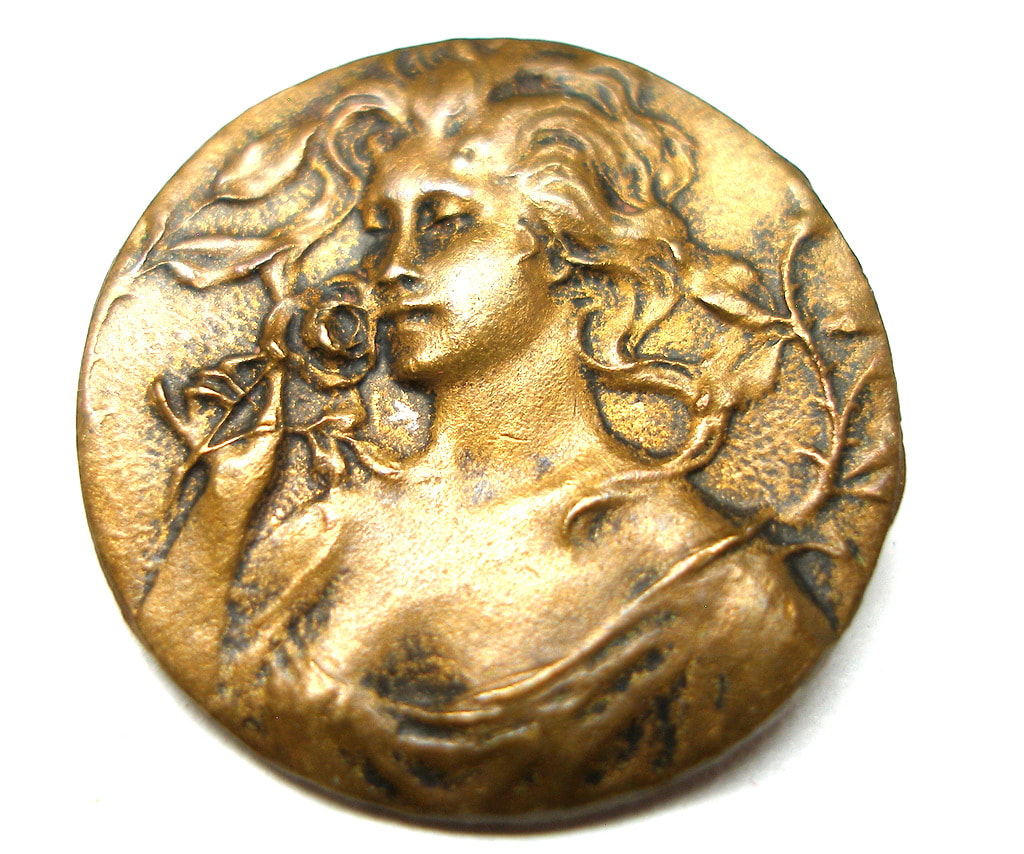
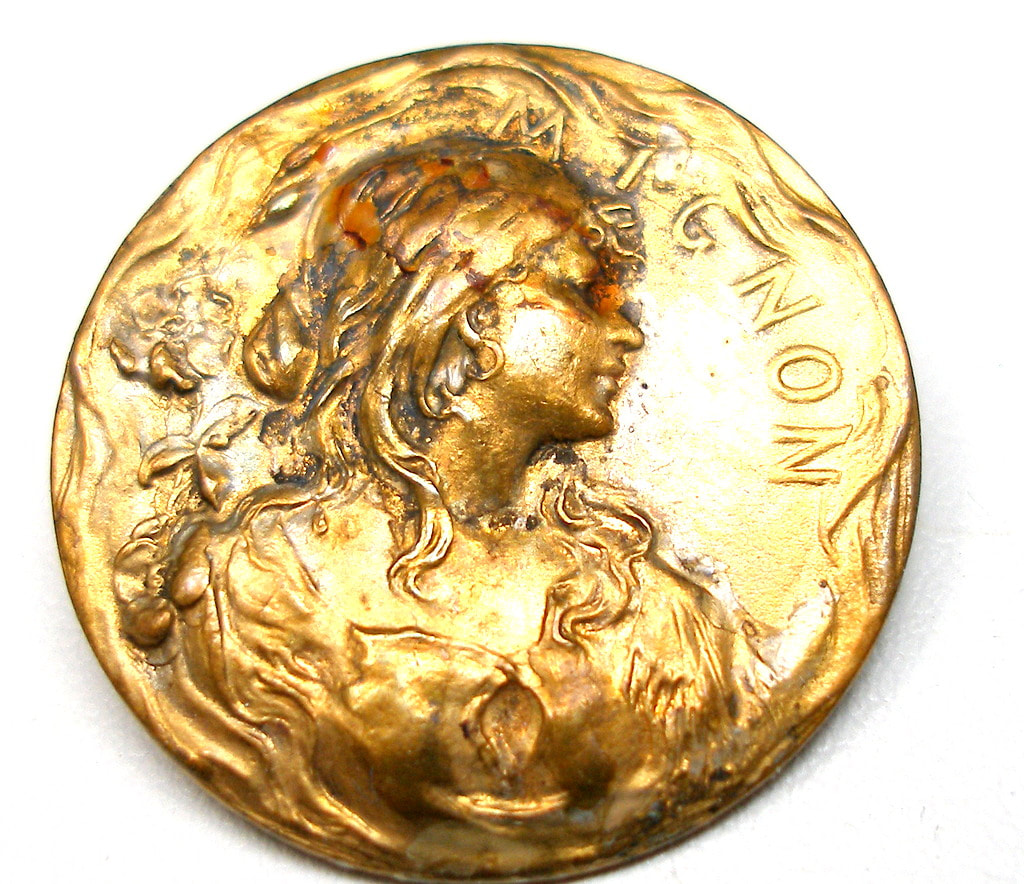
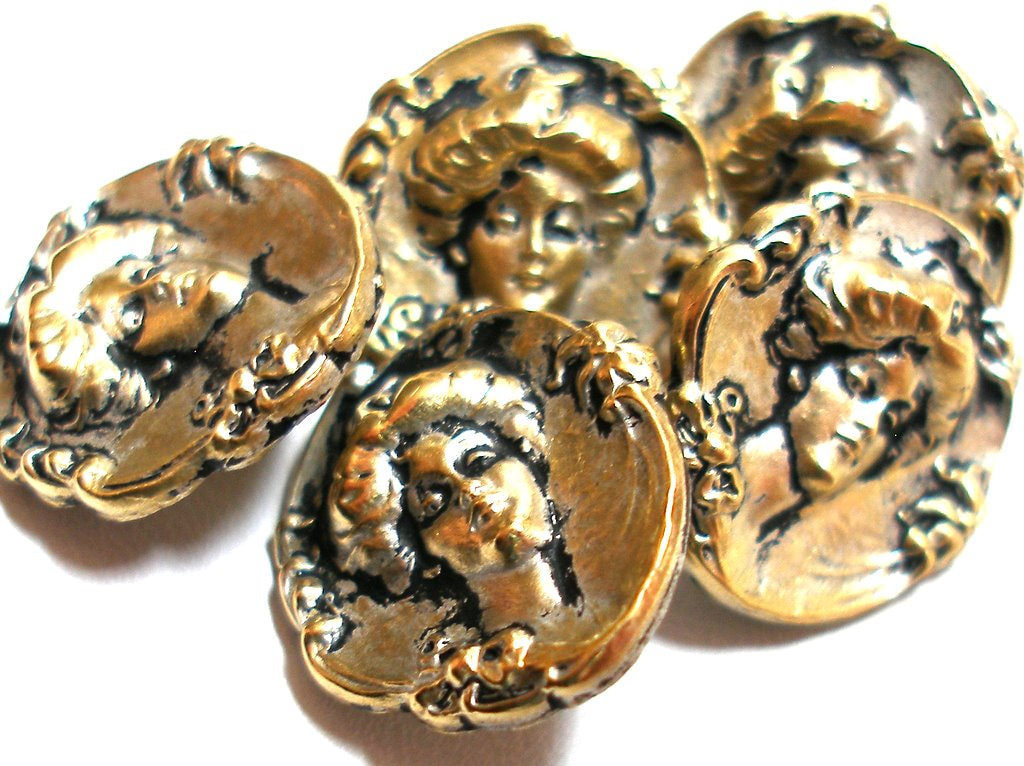
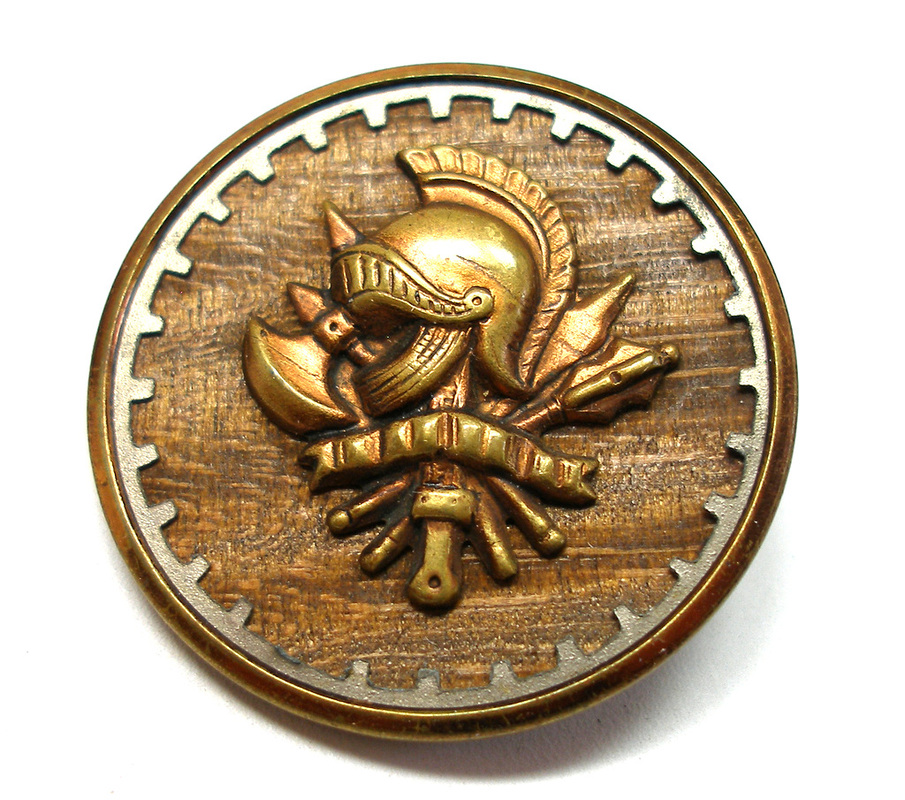
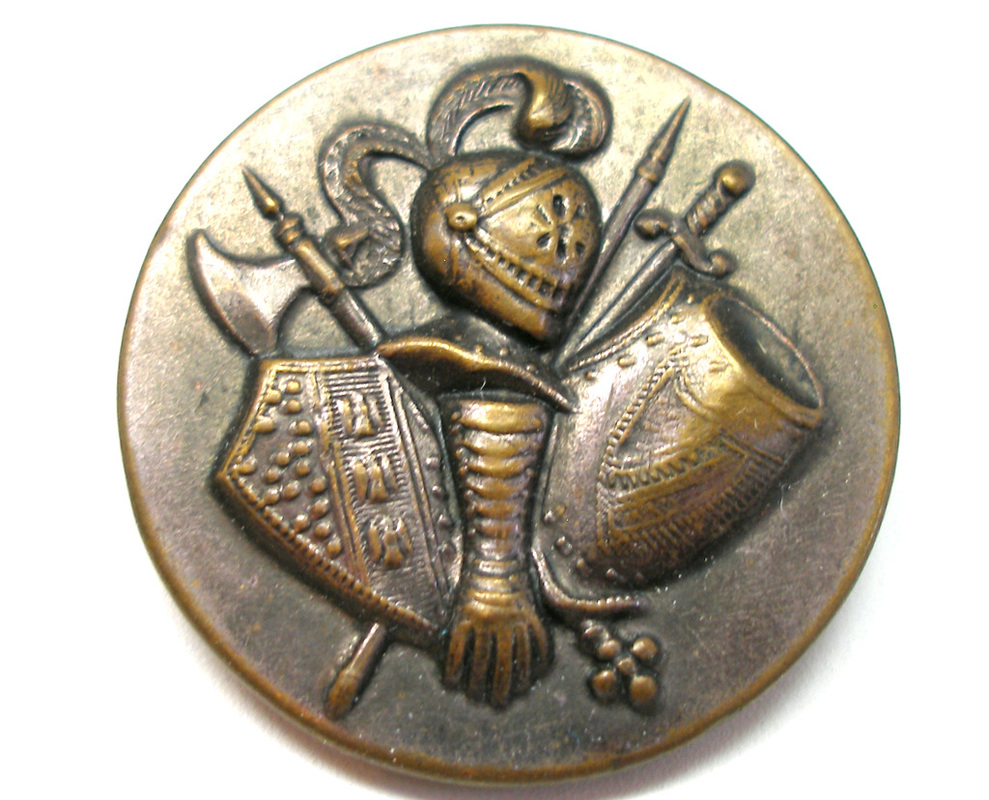
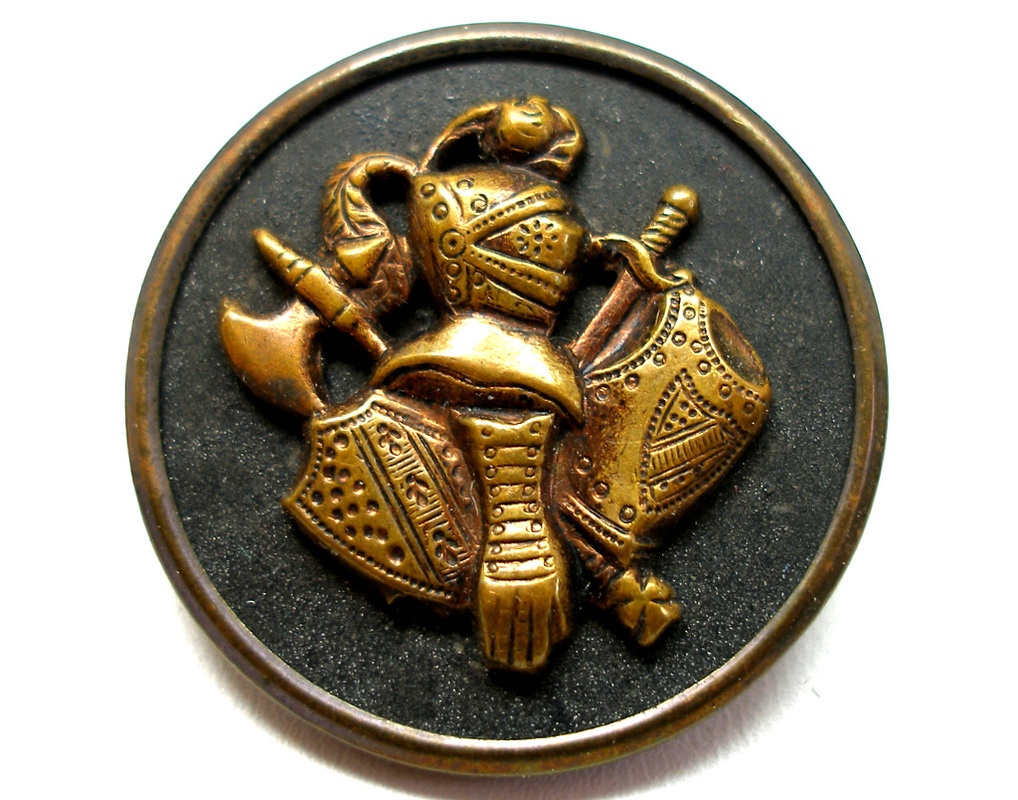
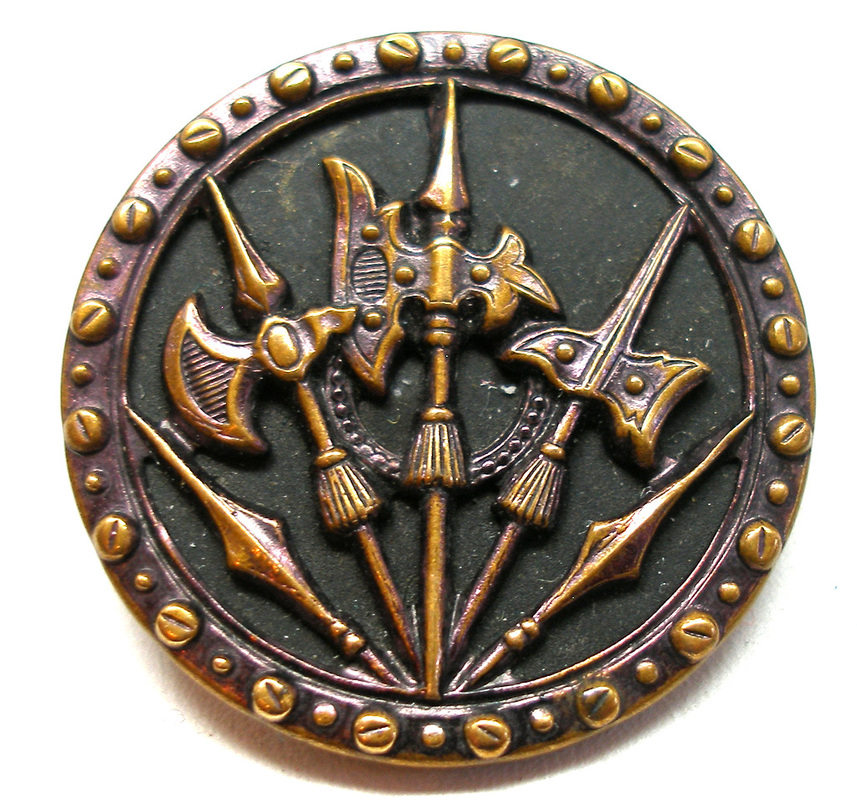
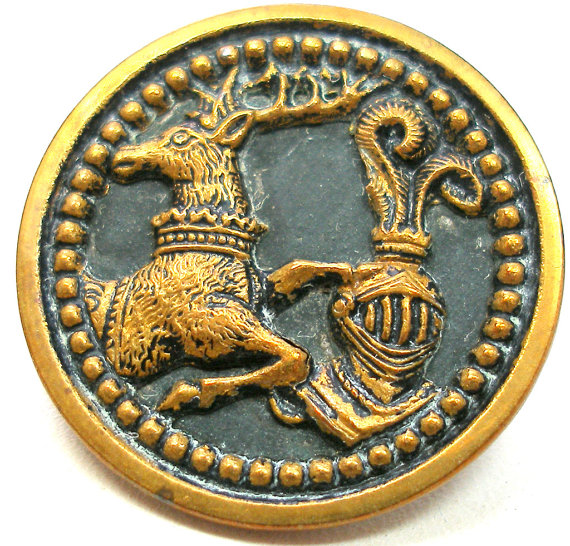
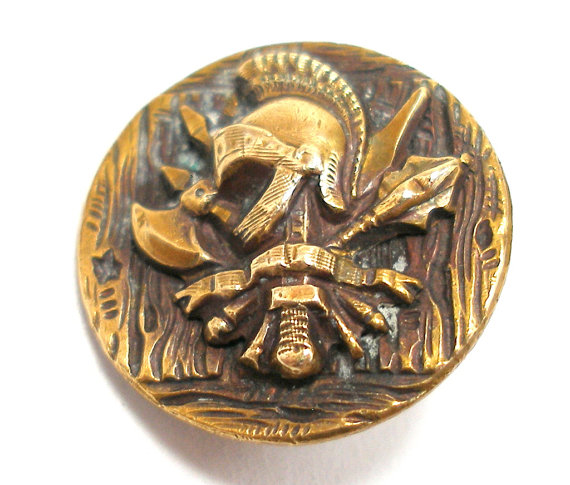
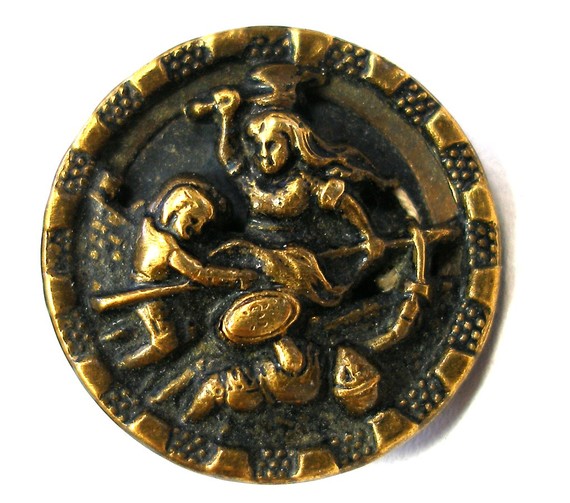
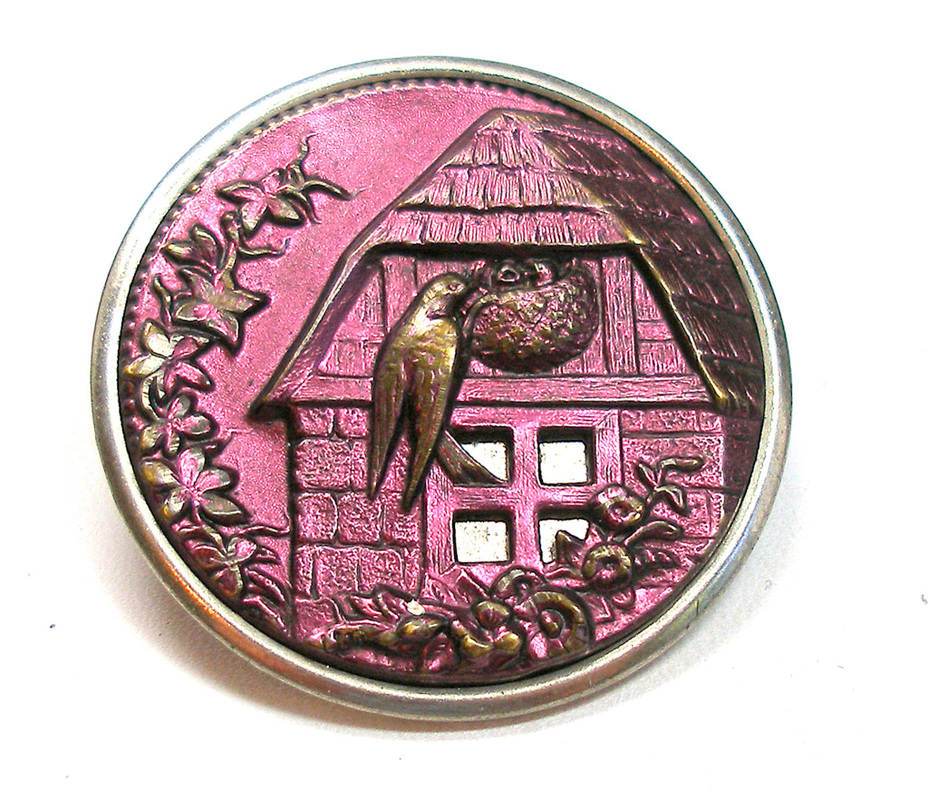

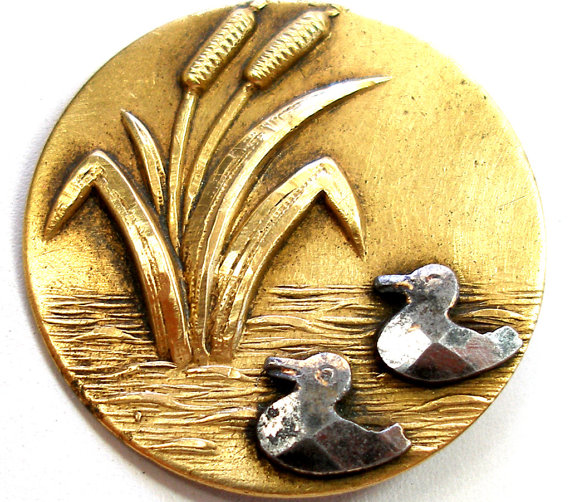
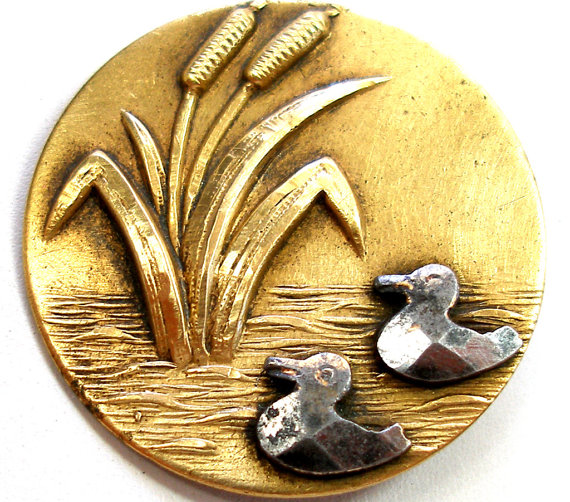
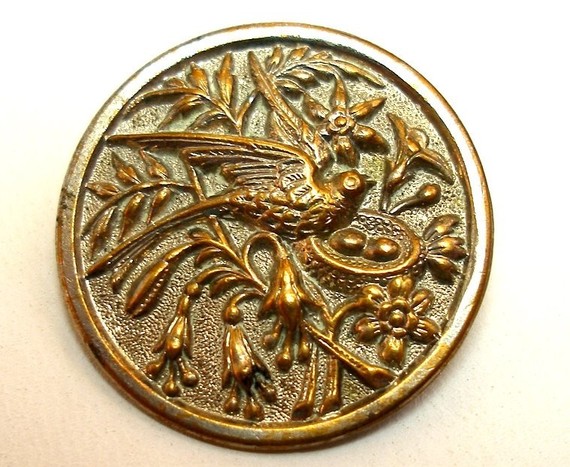
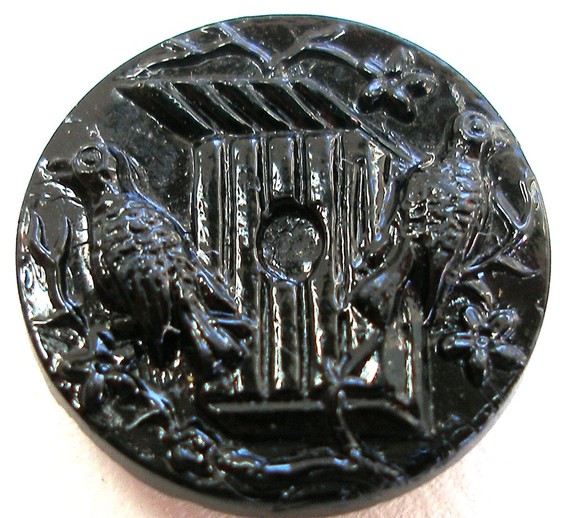
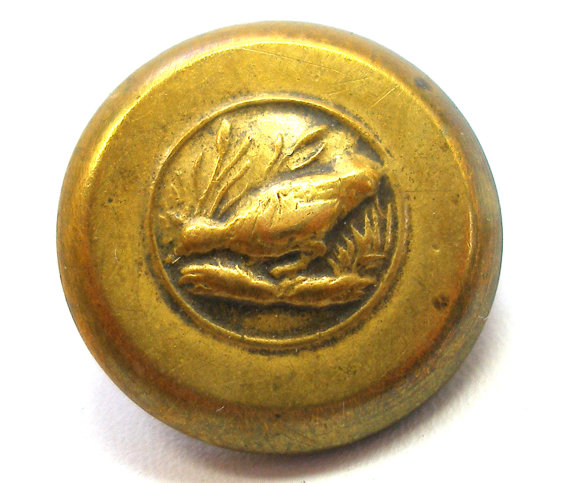
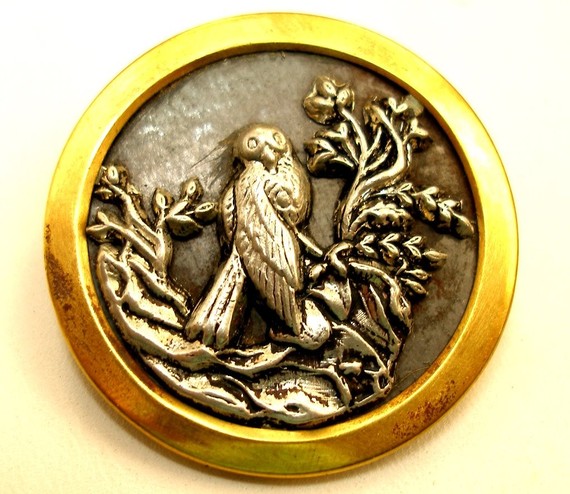
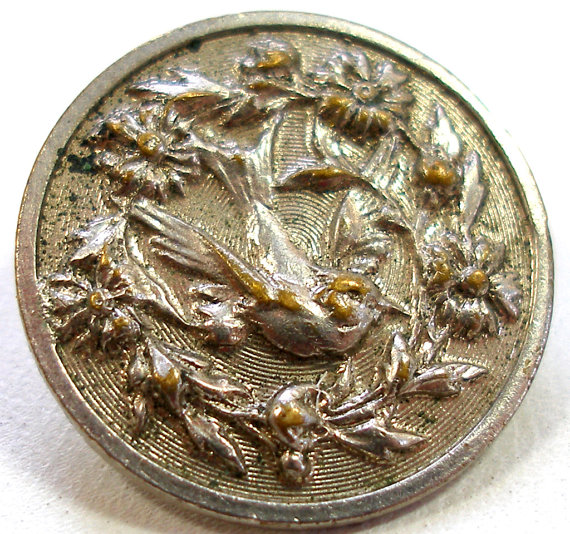
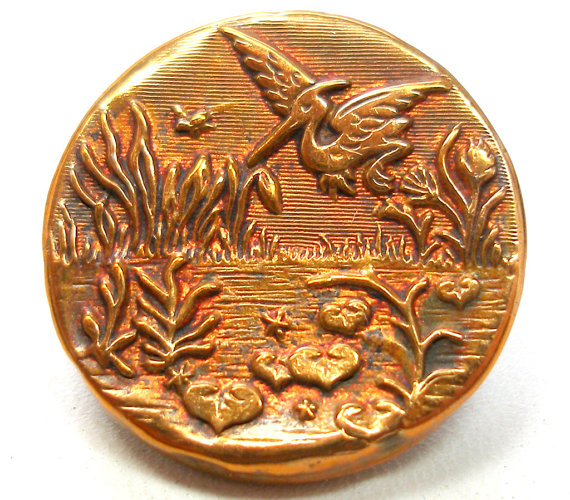
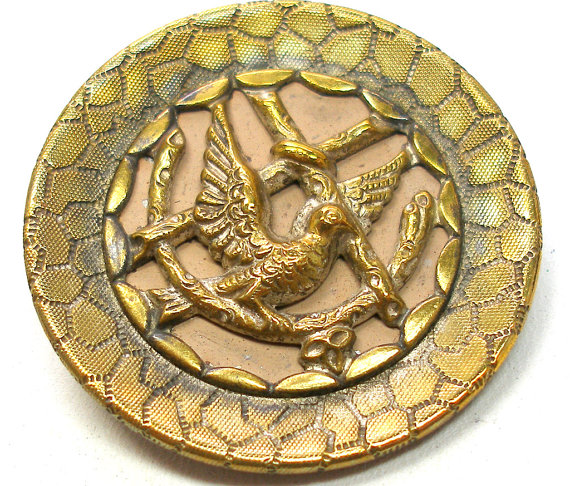
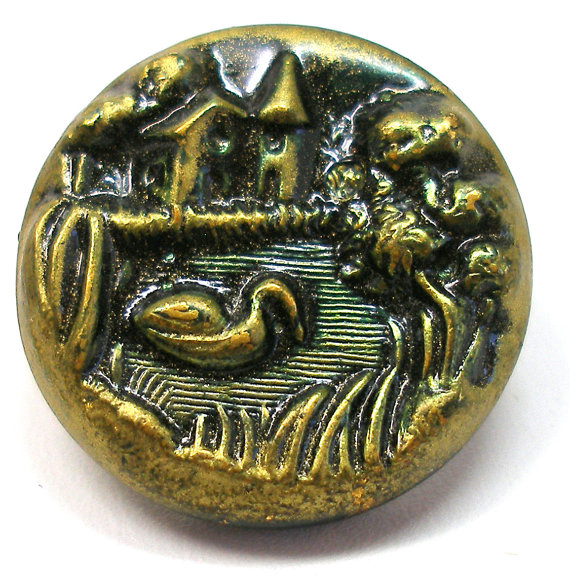
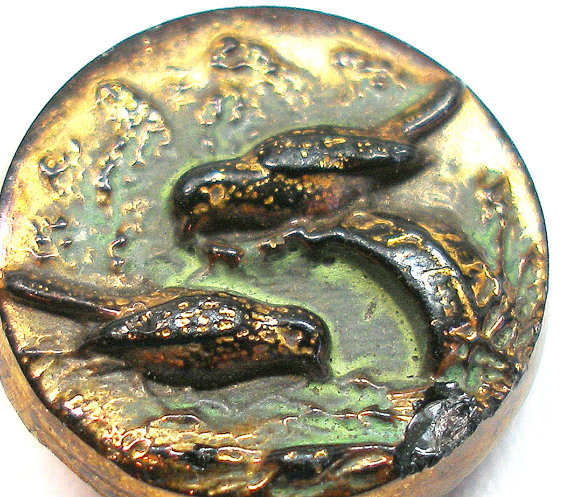
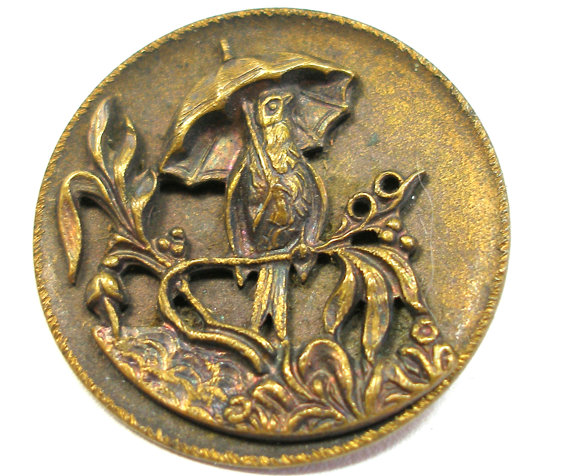
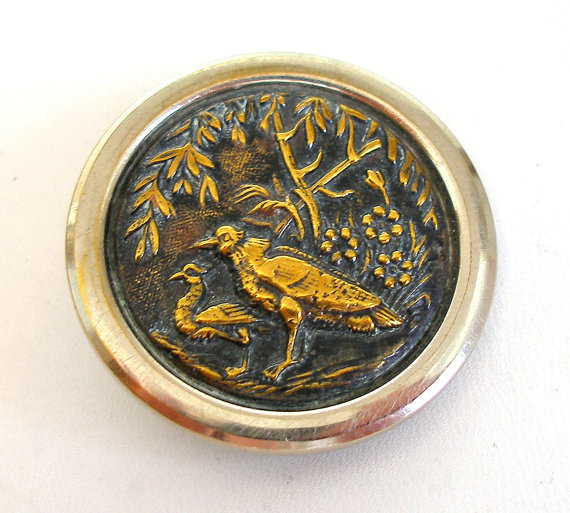
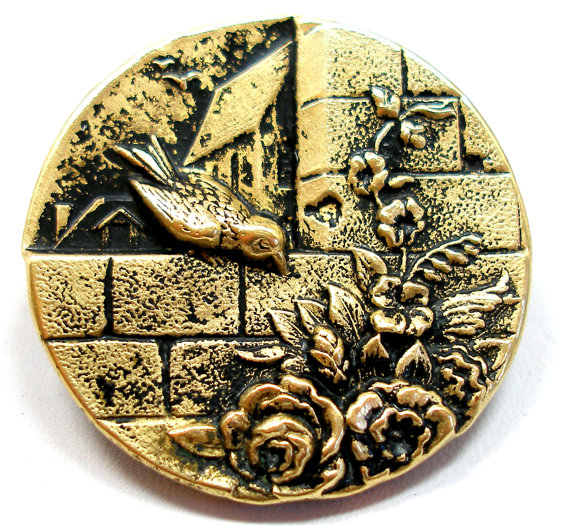
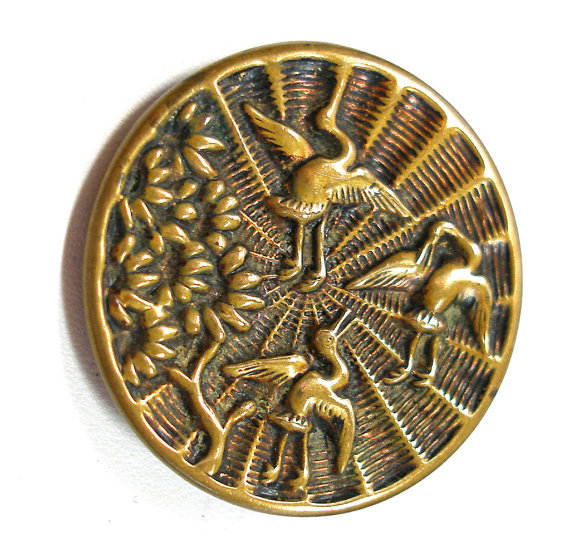
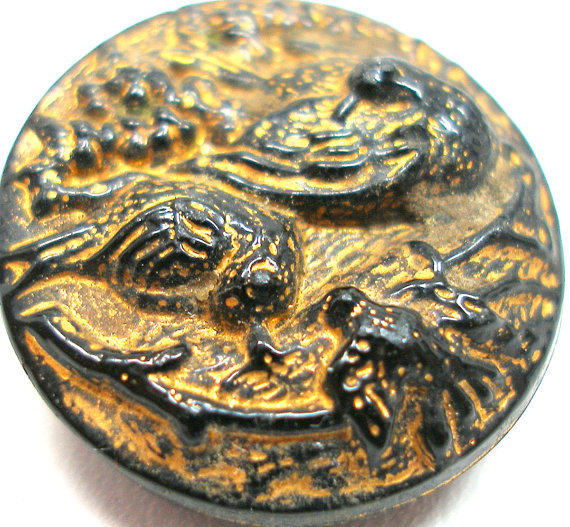
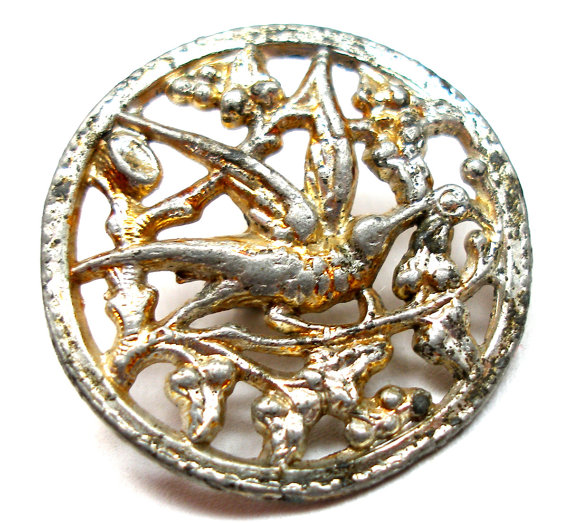
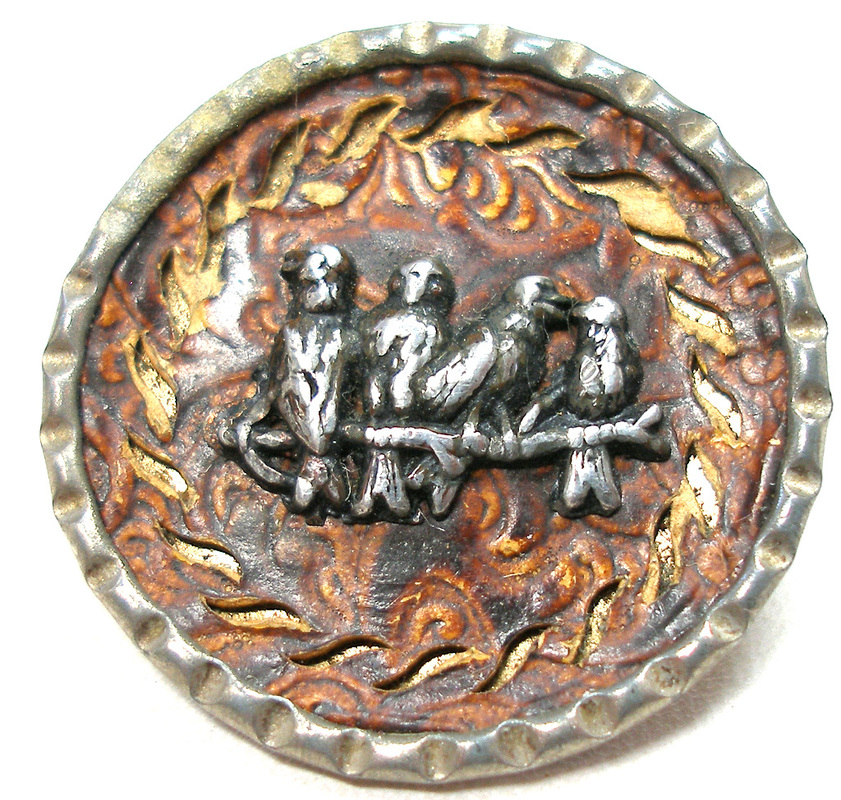
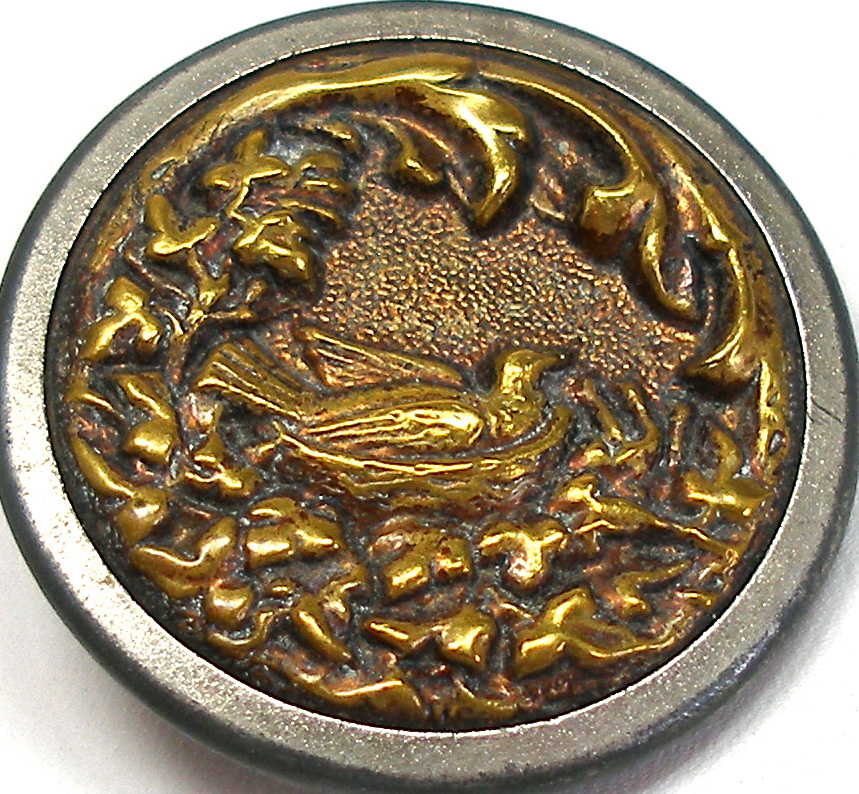
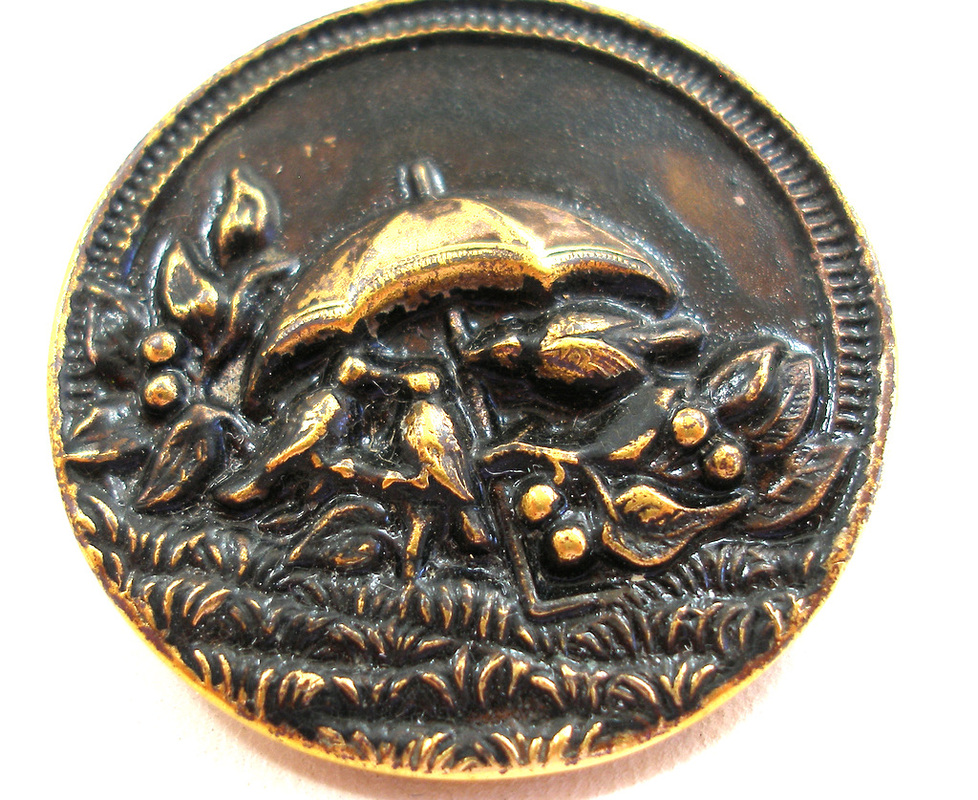
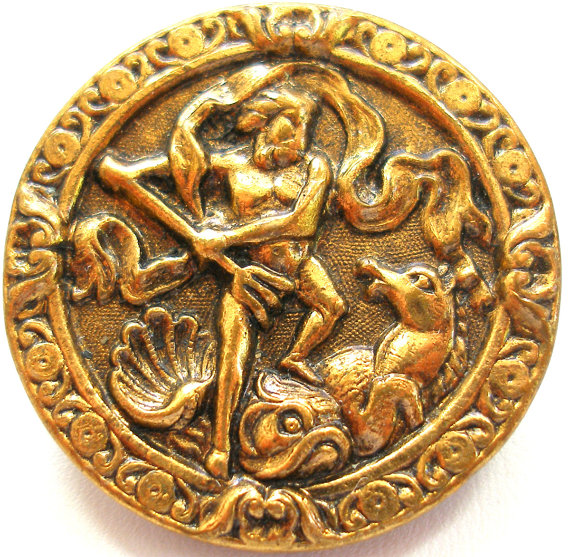
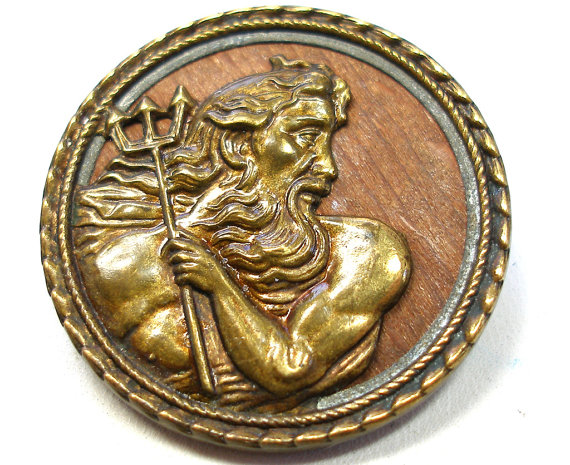
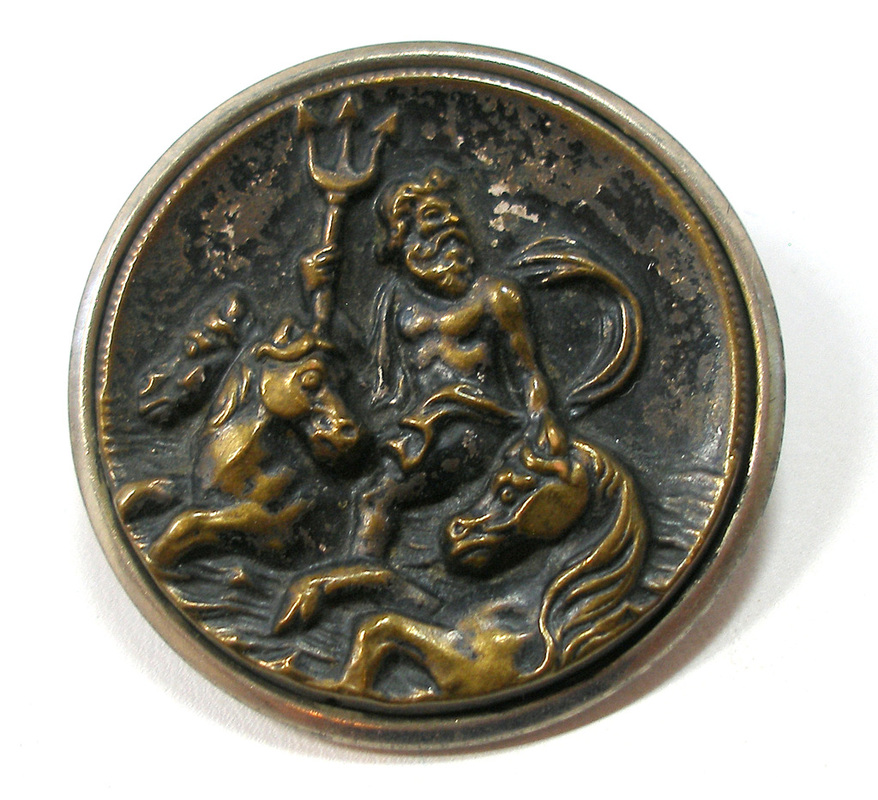
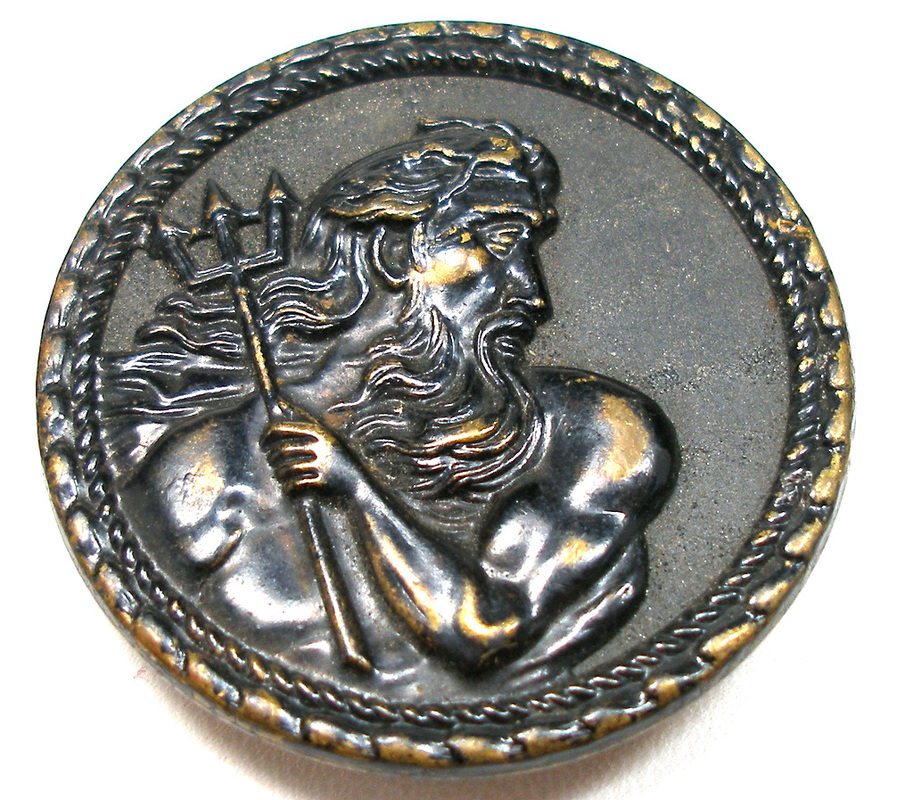
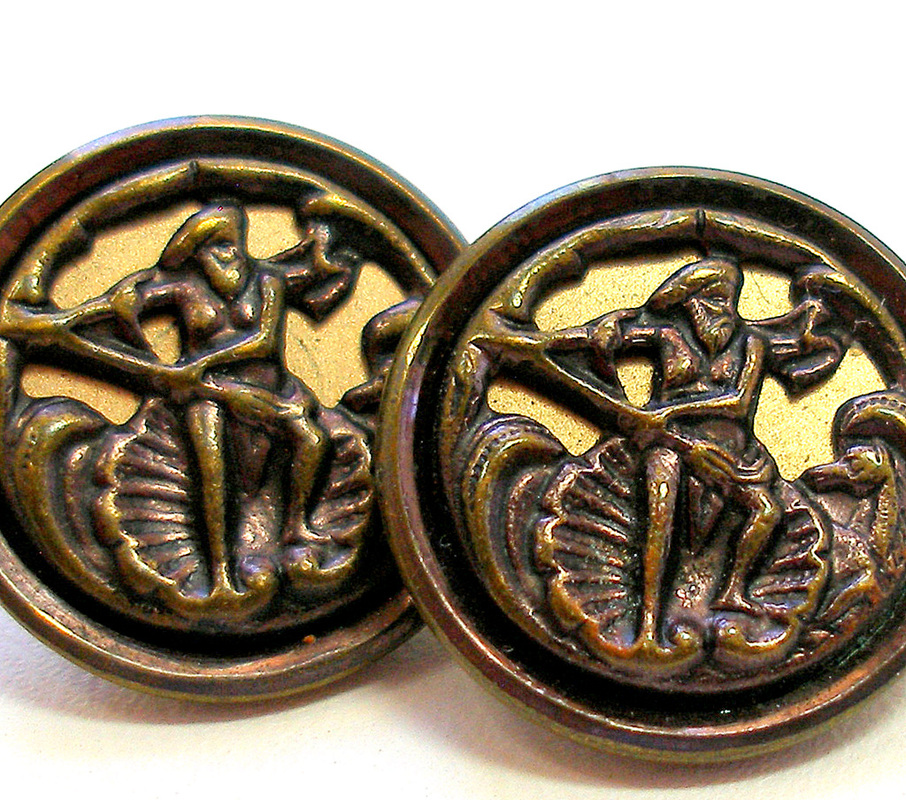
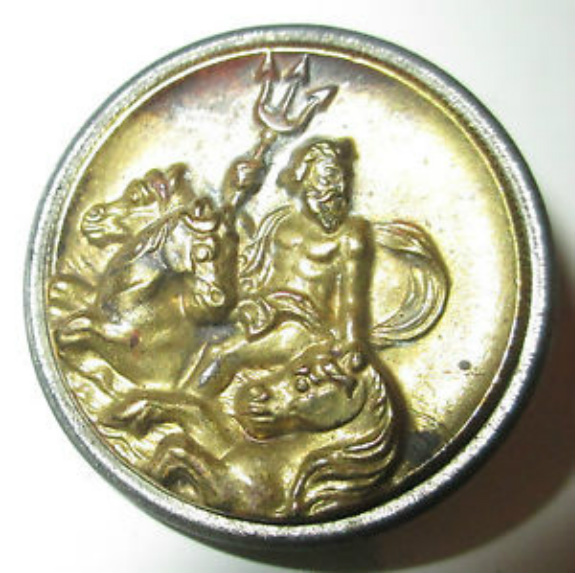
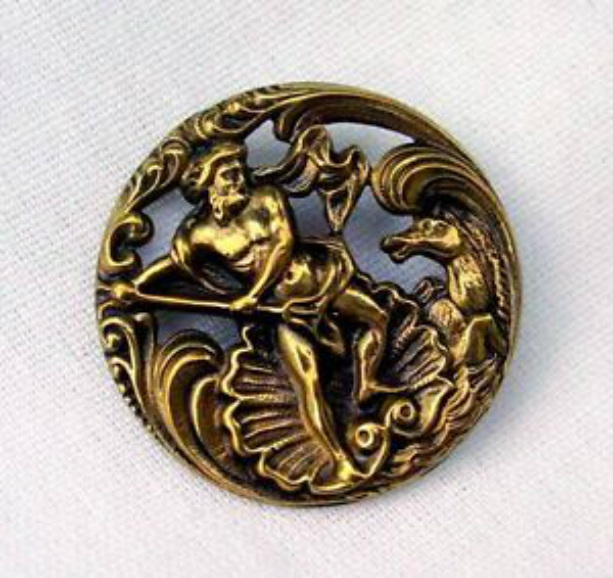
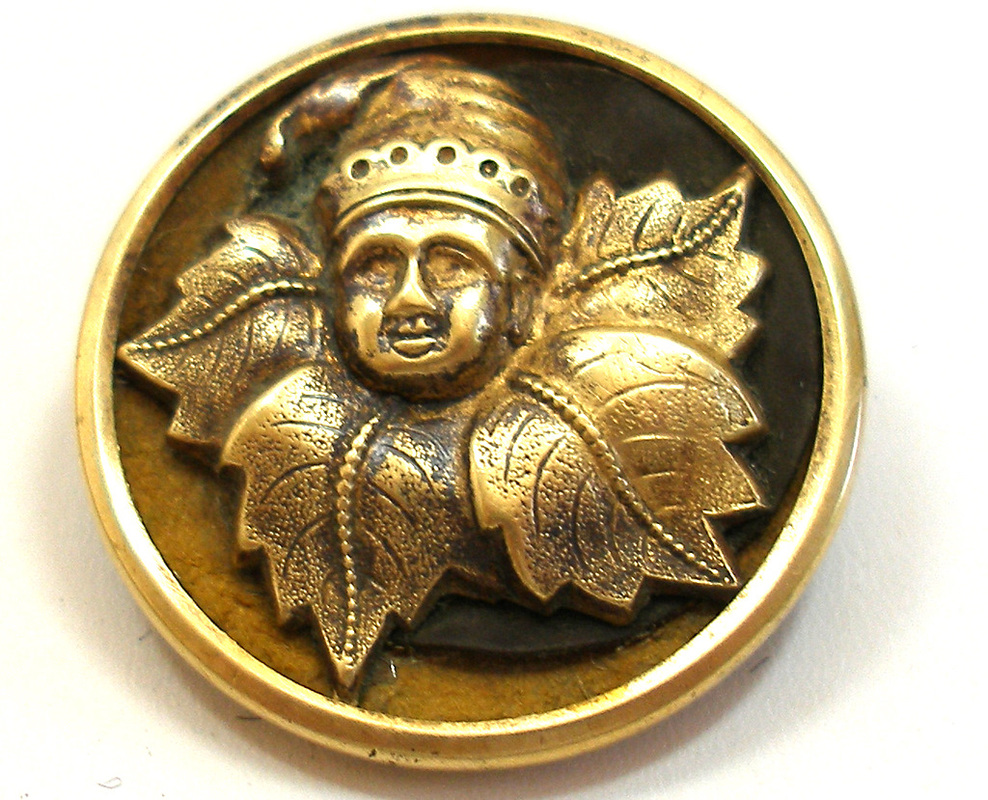
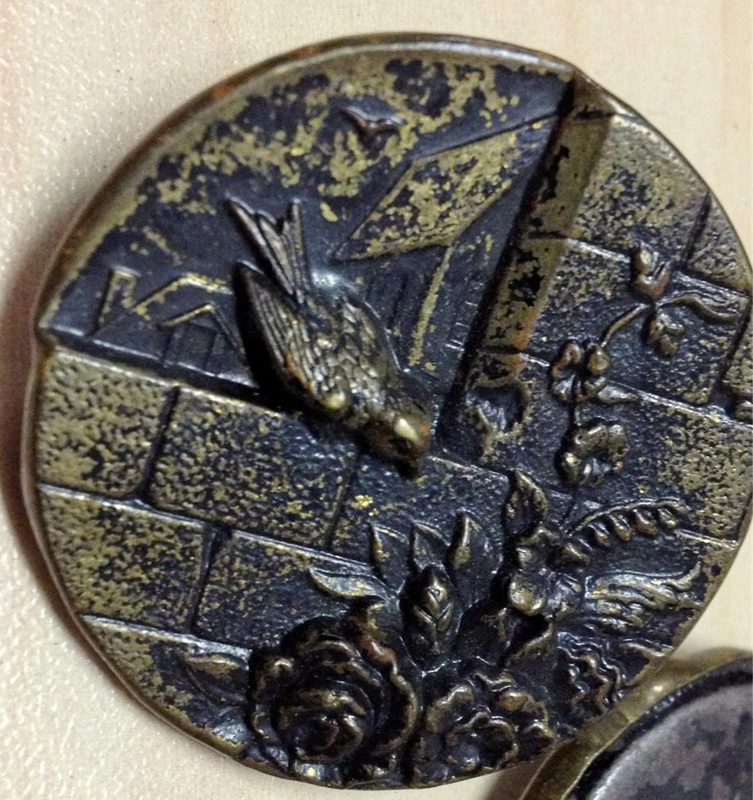
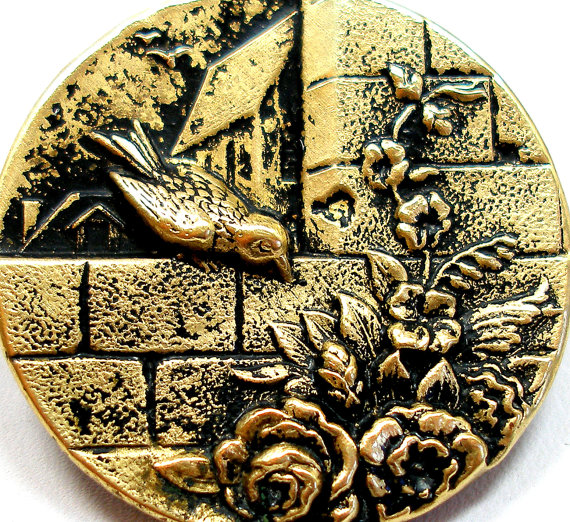
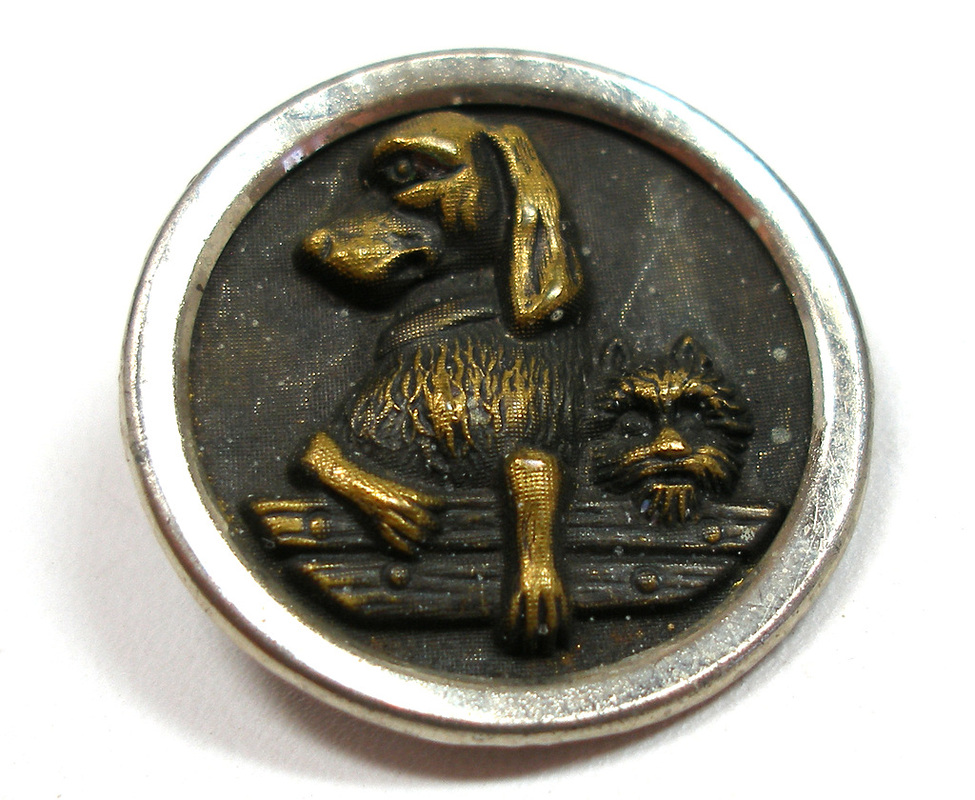
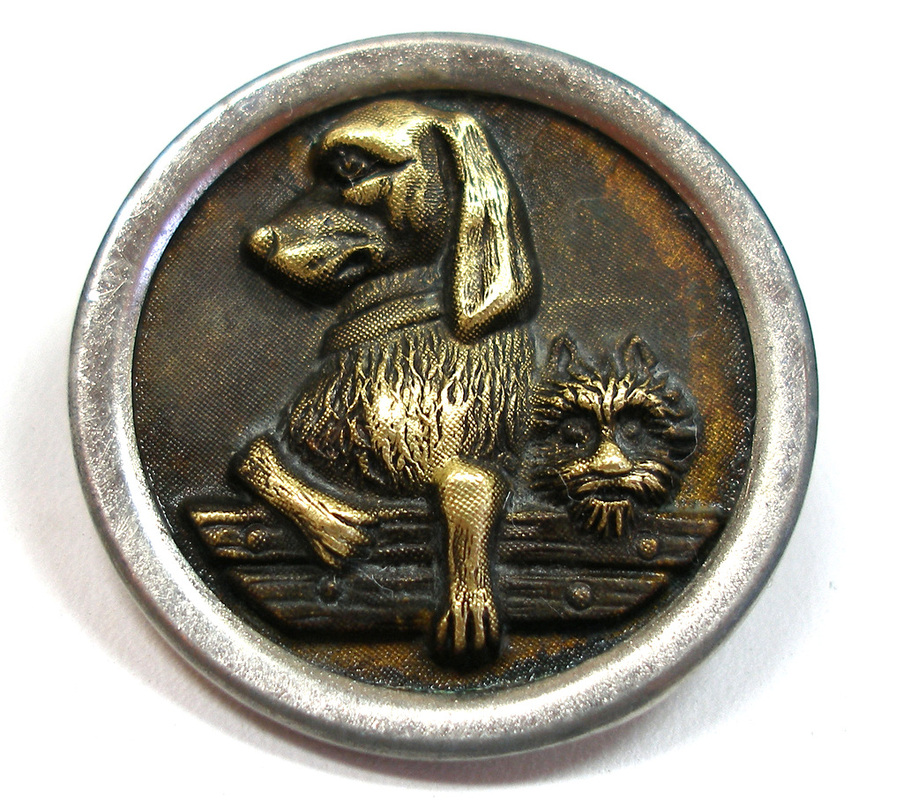
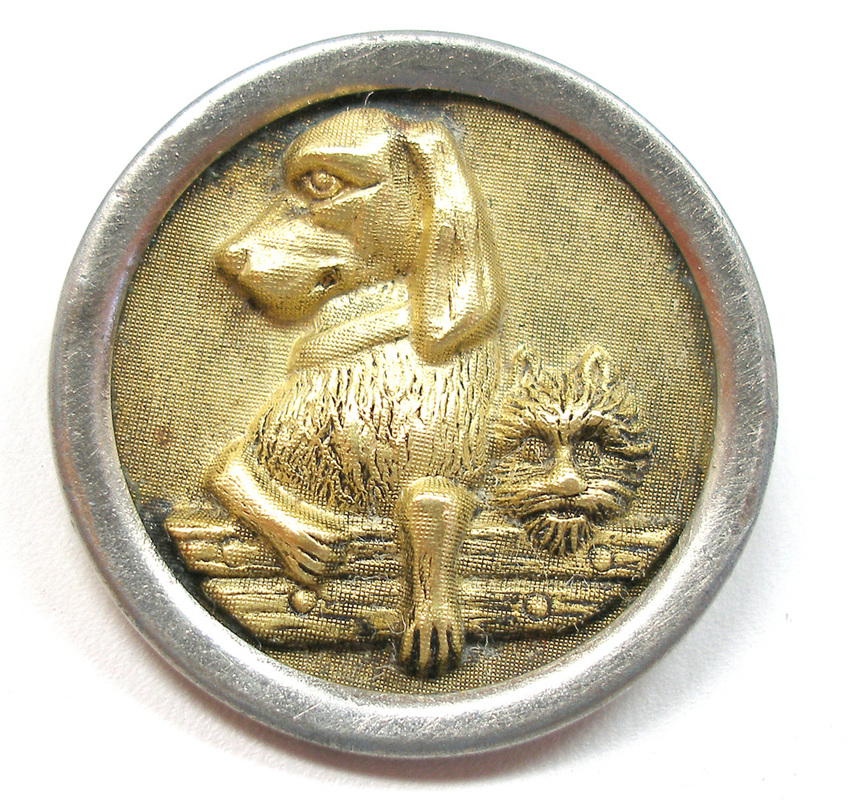
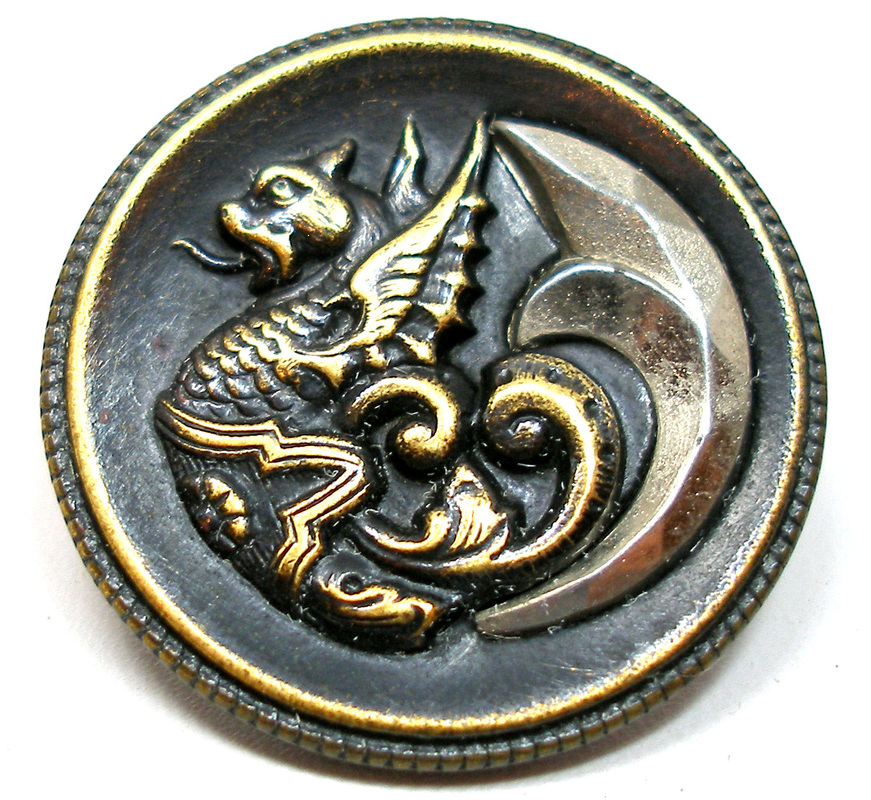
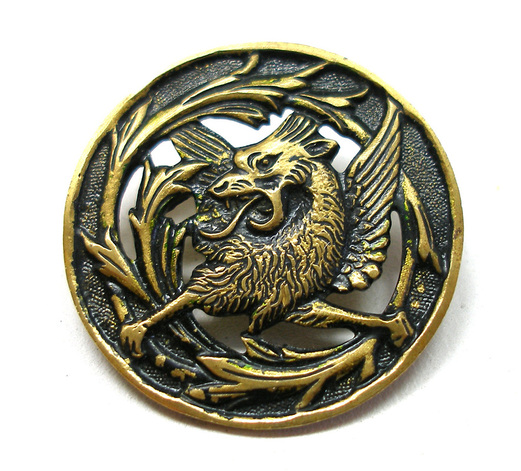
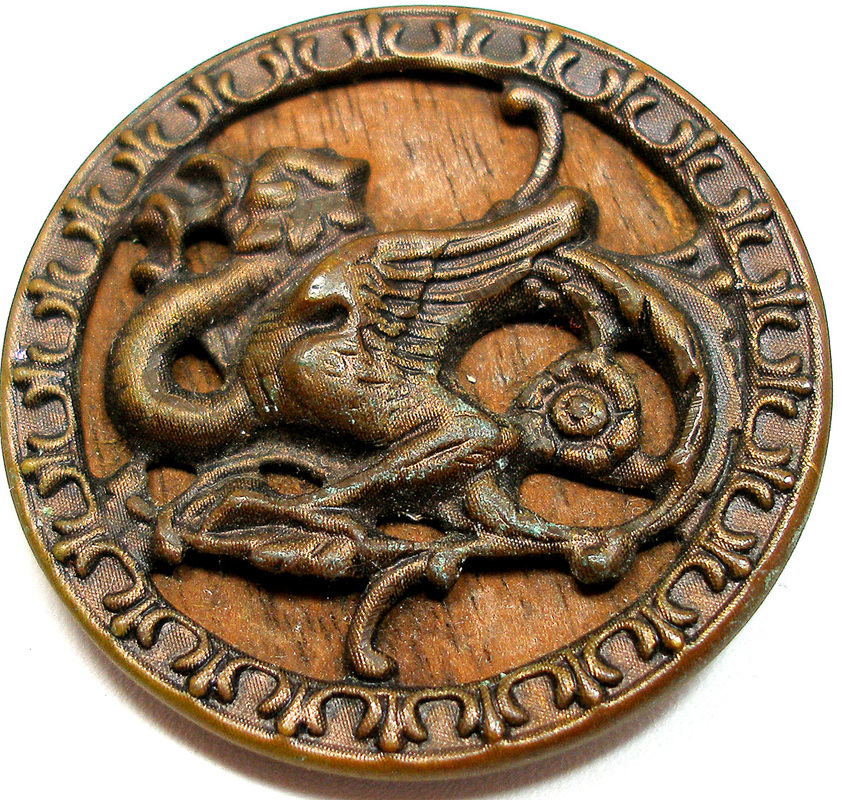

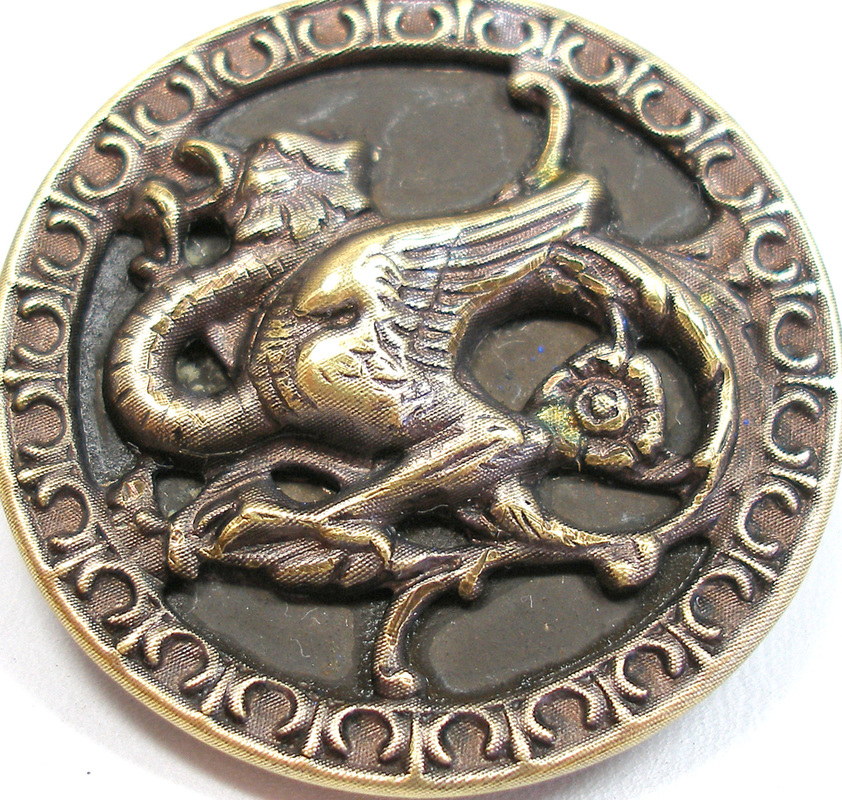
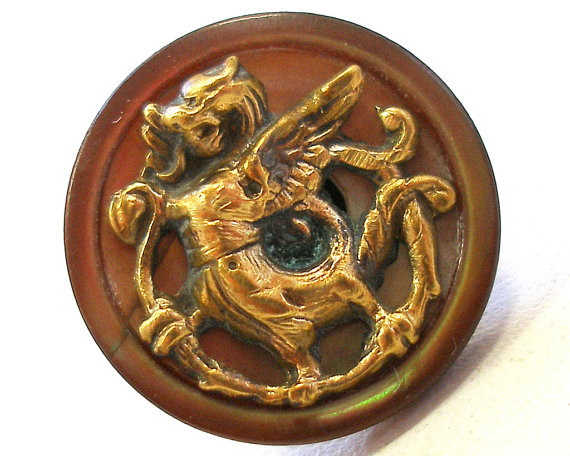
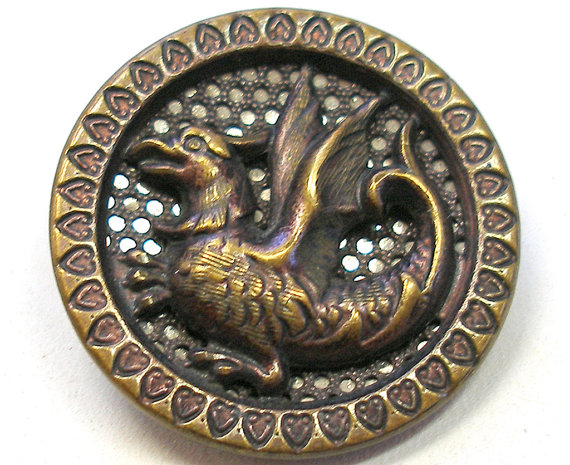
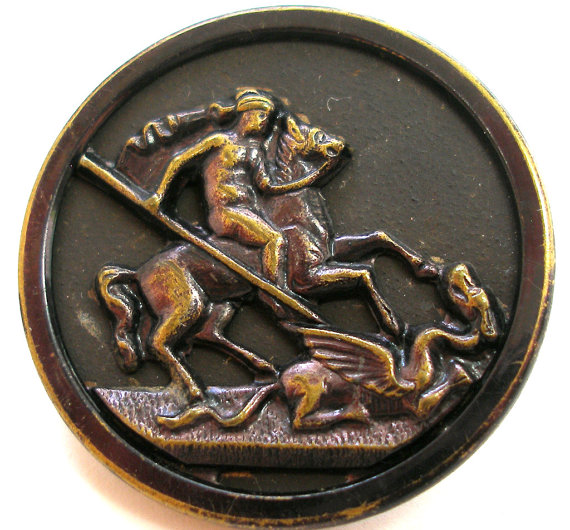
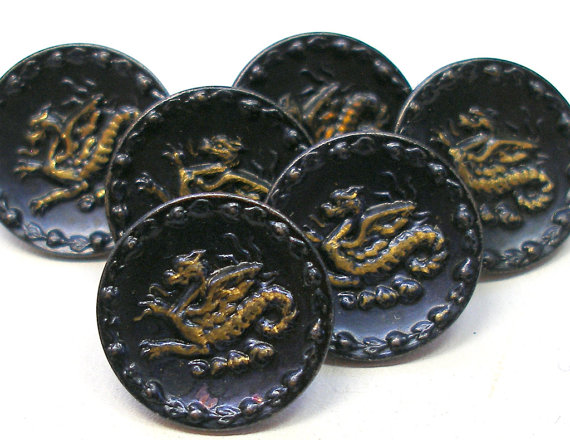
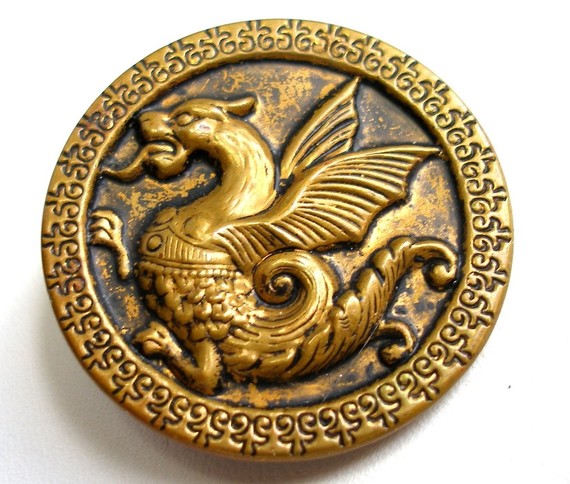
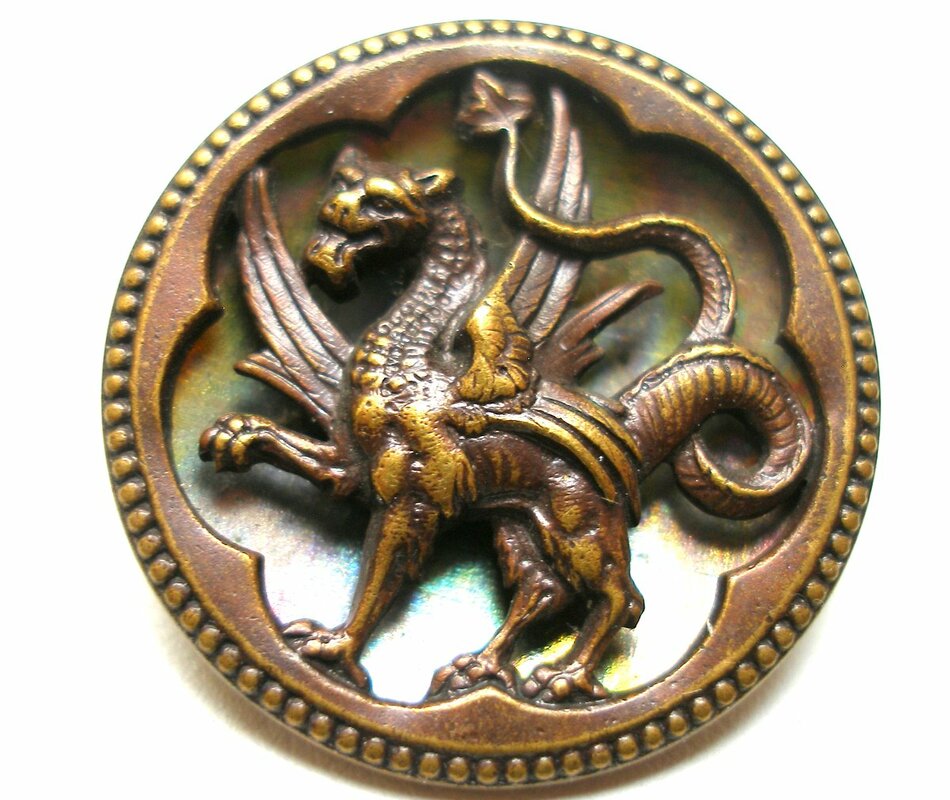
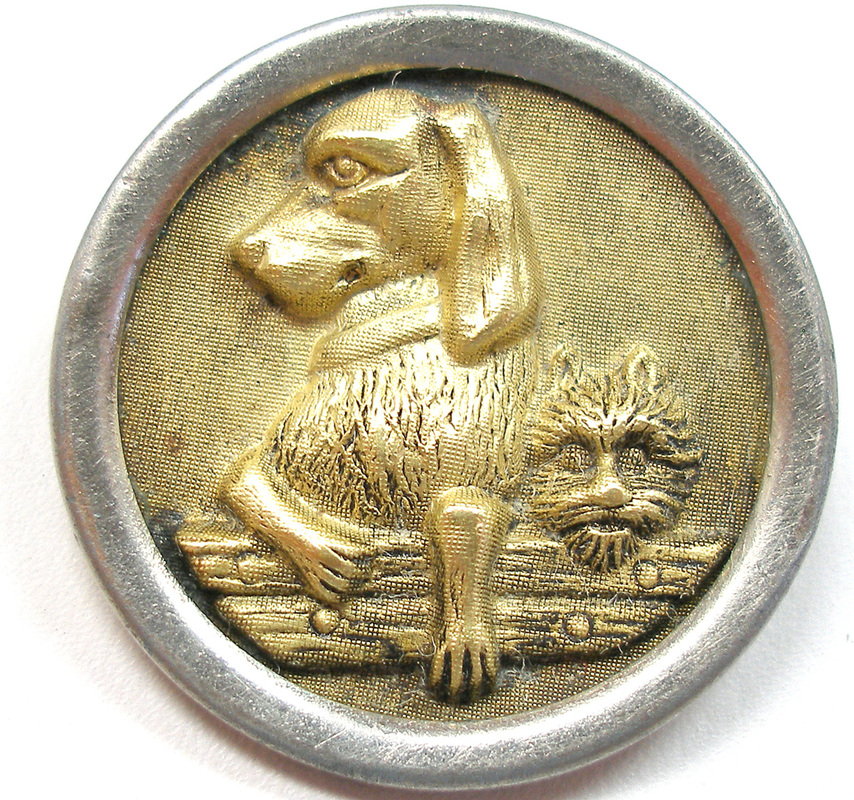
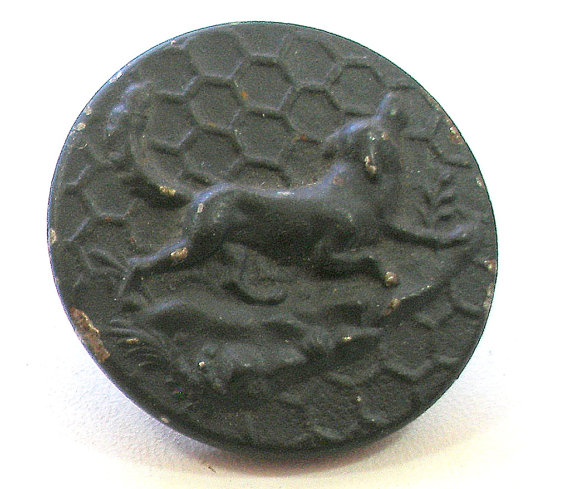
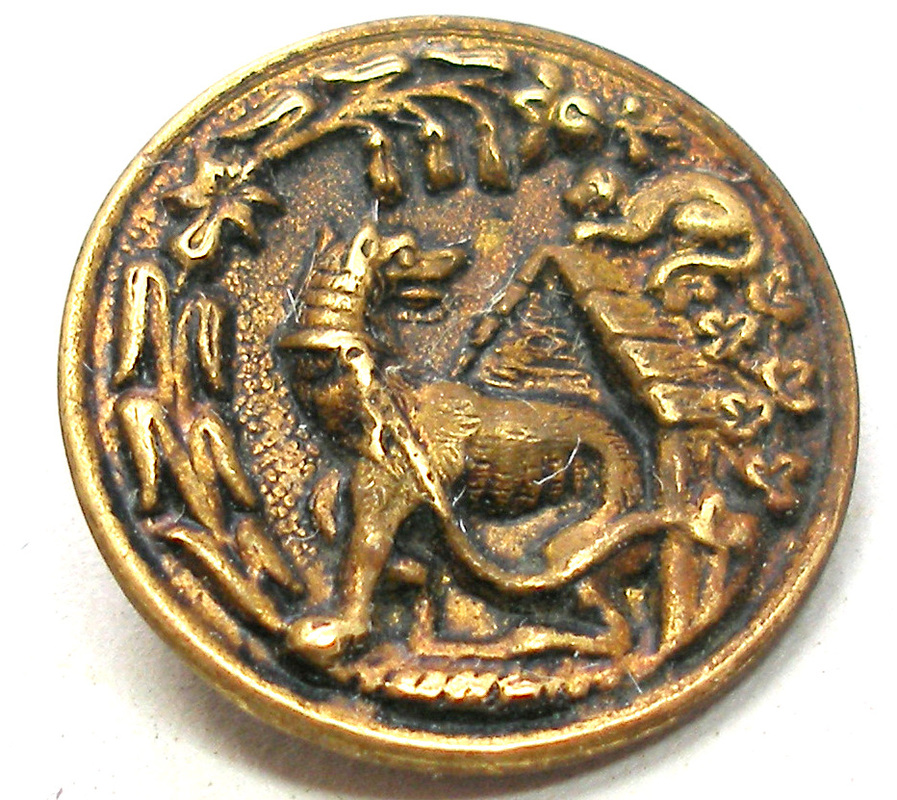
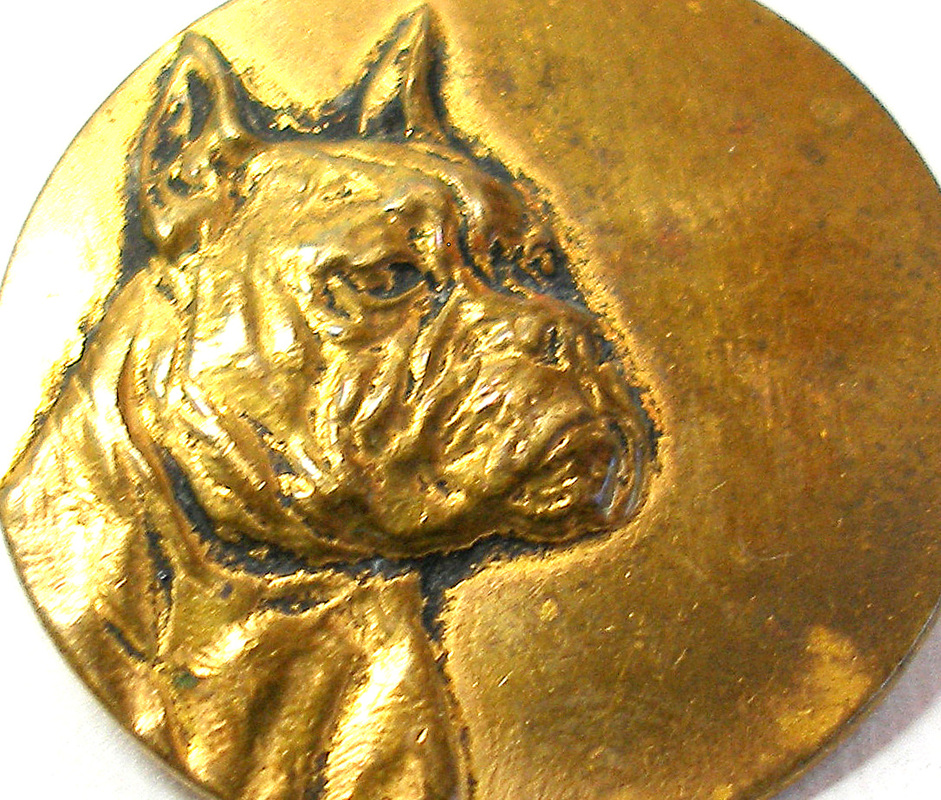
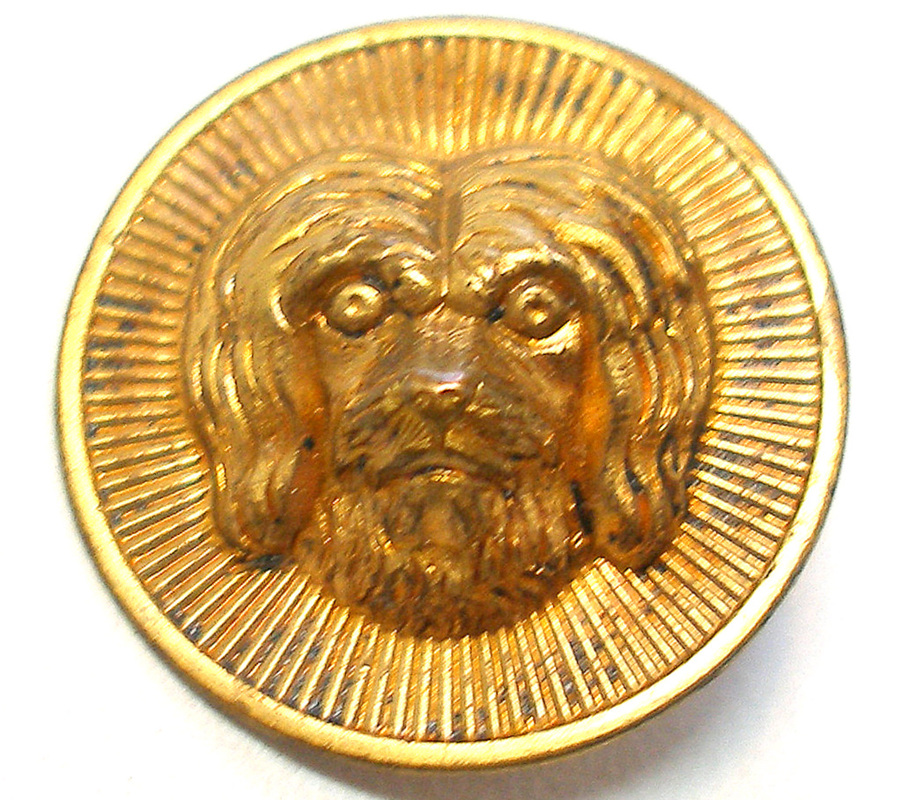
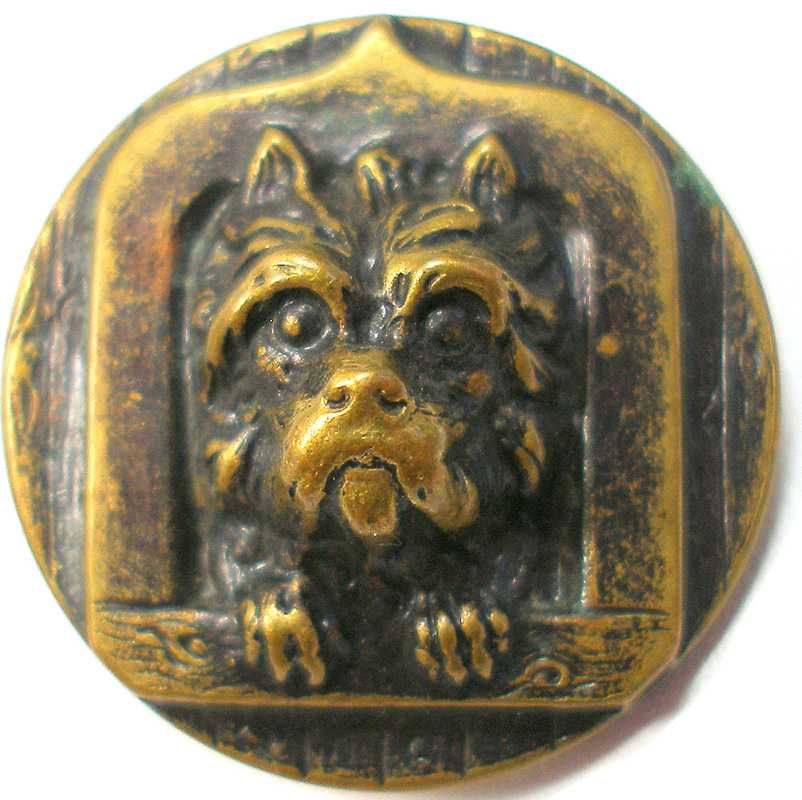
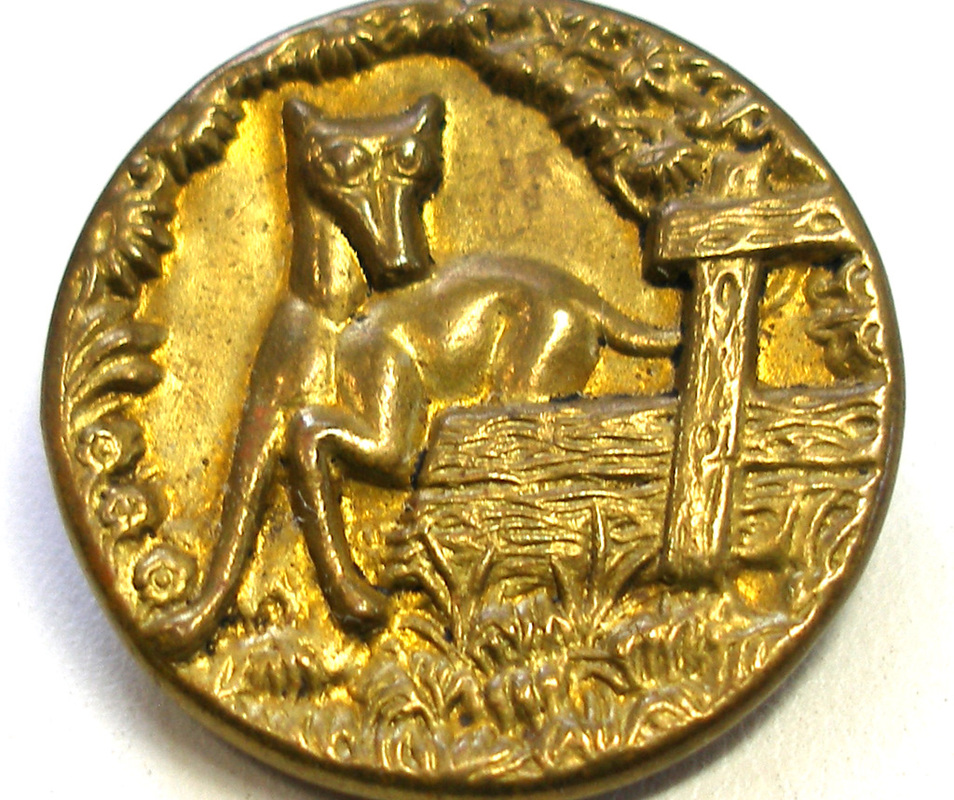
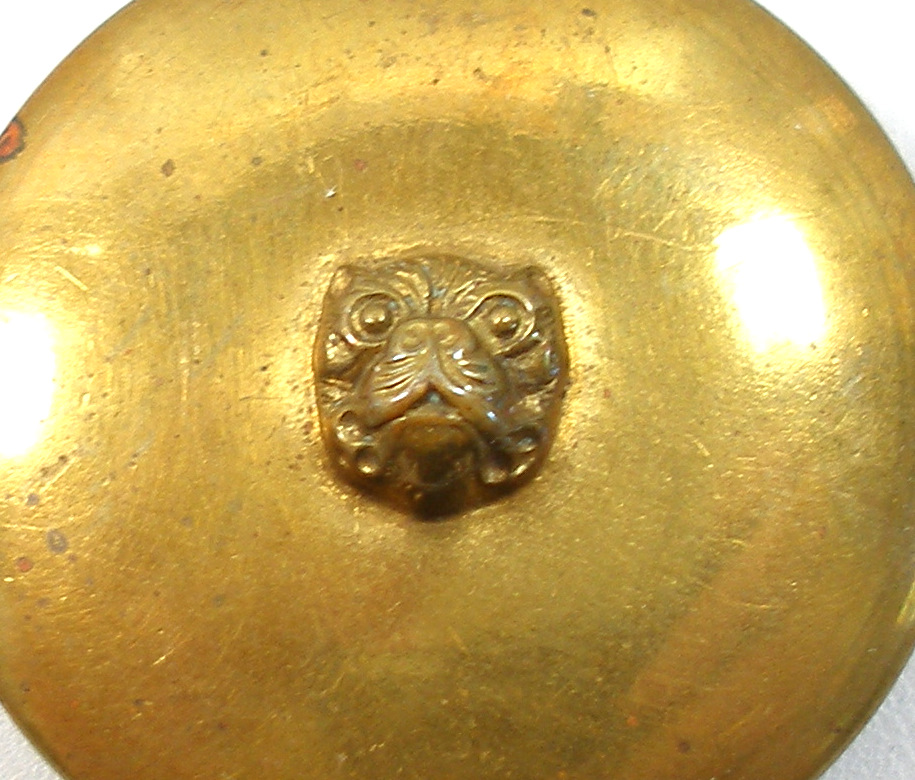
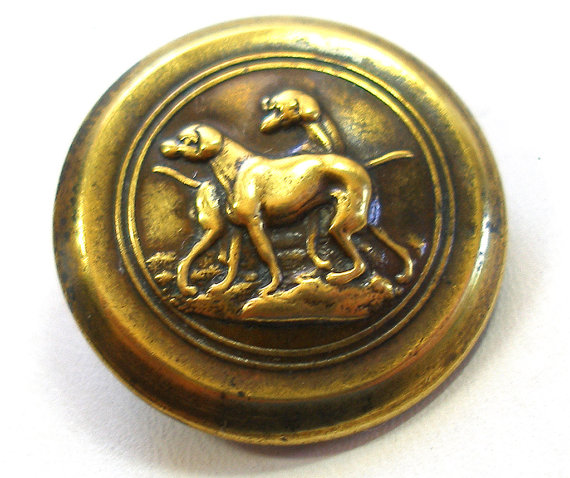
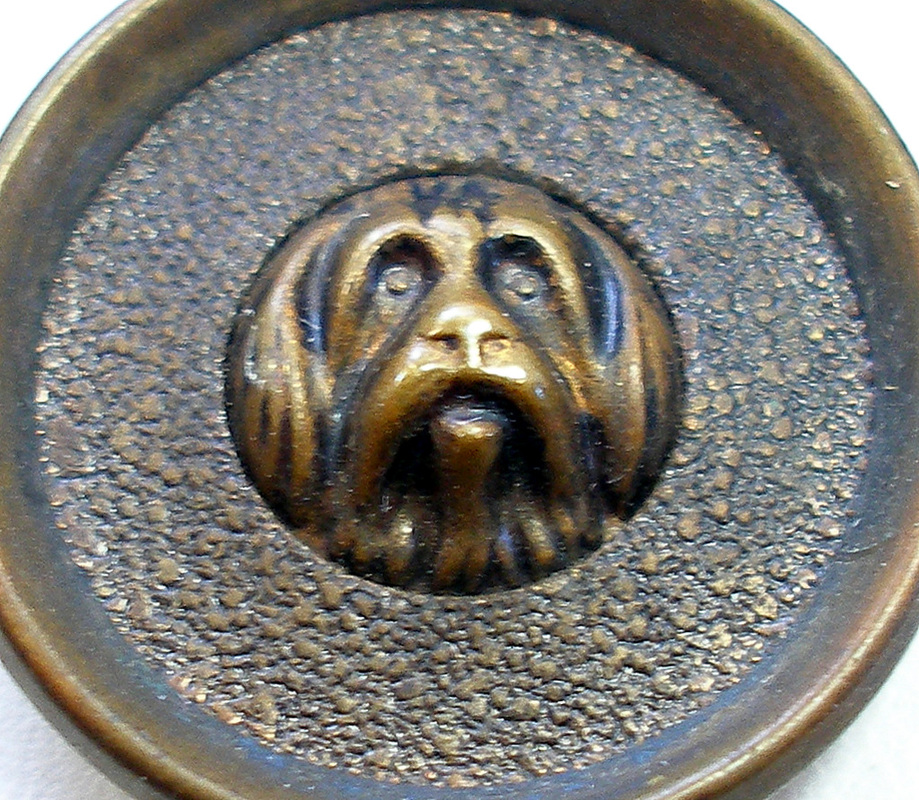
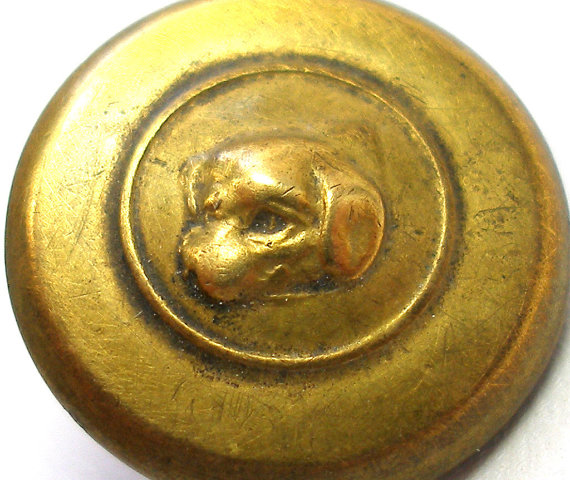
 RSS Feed
RSS Feed
